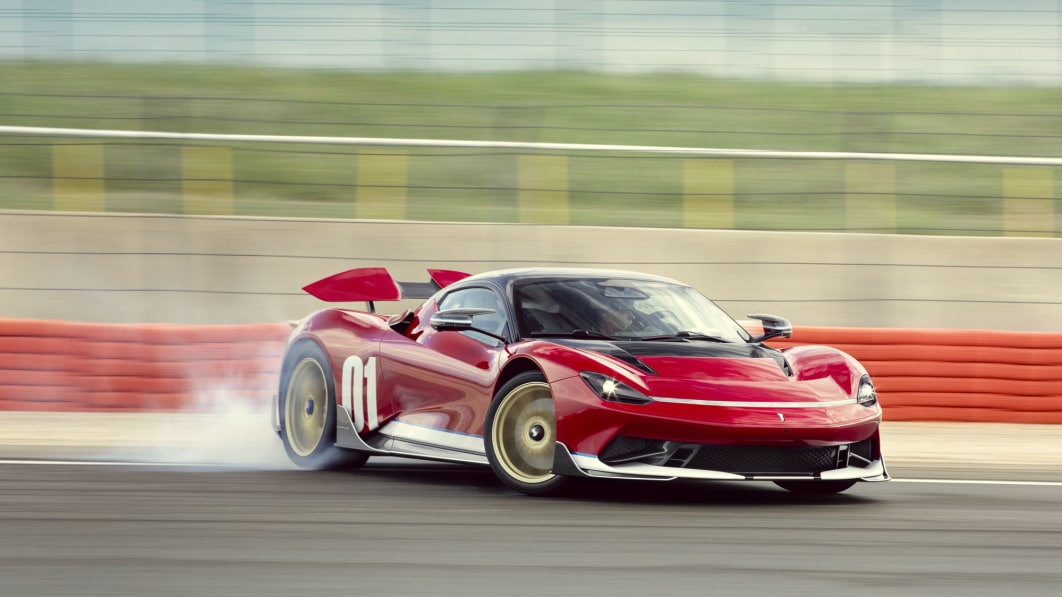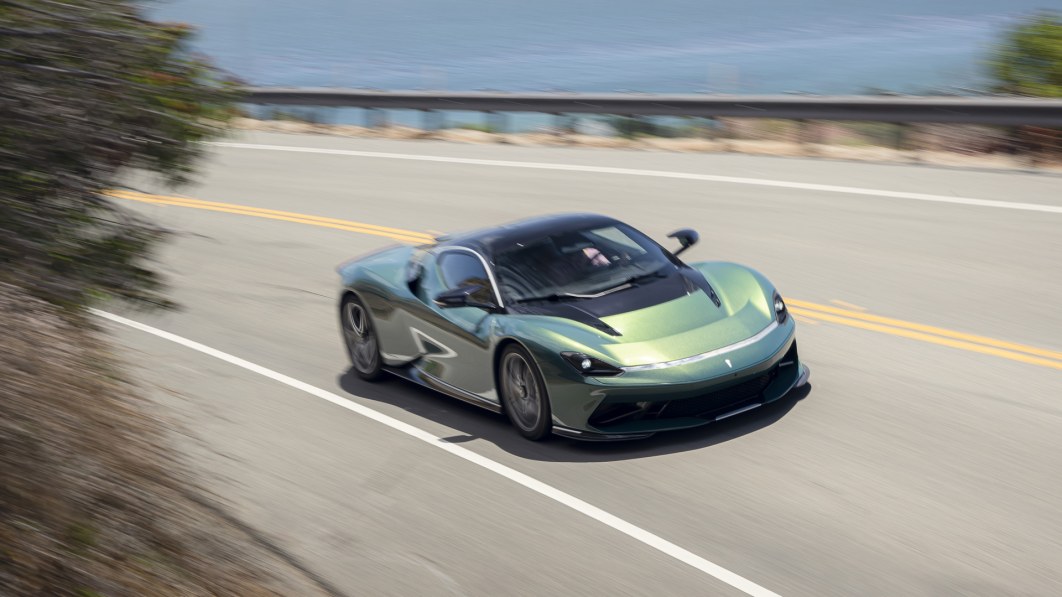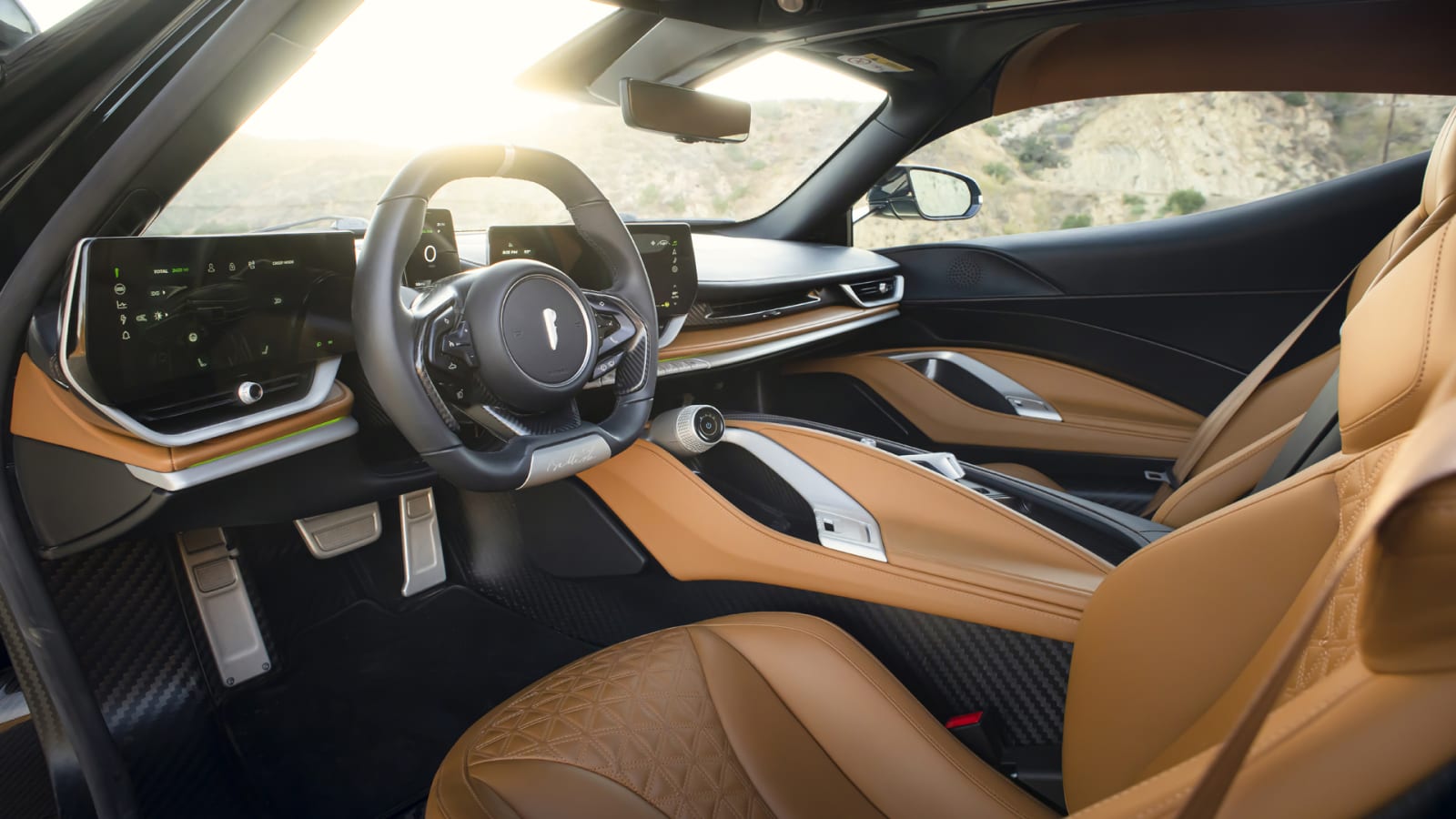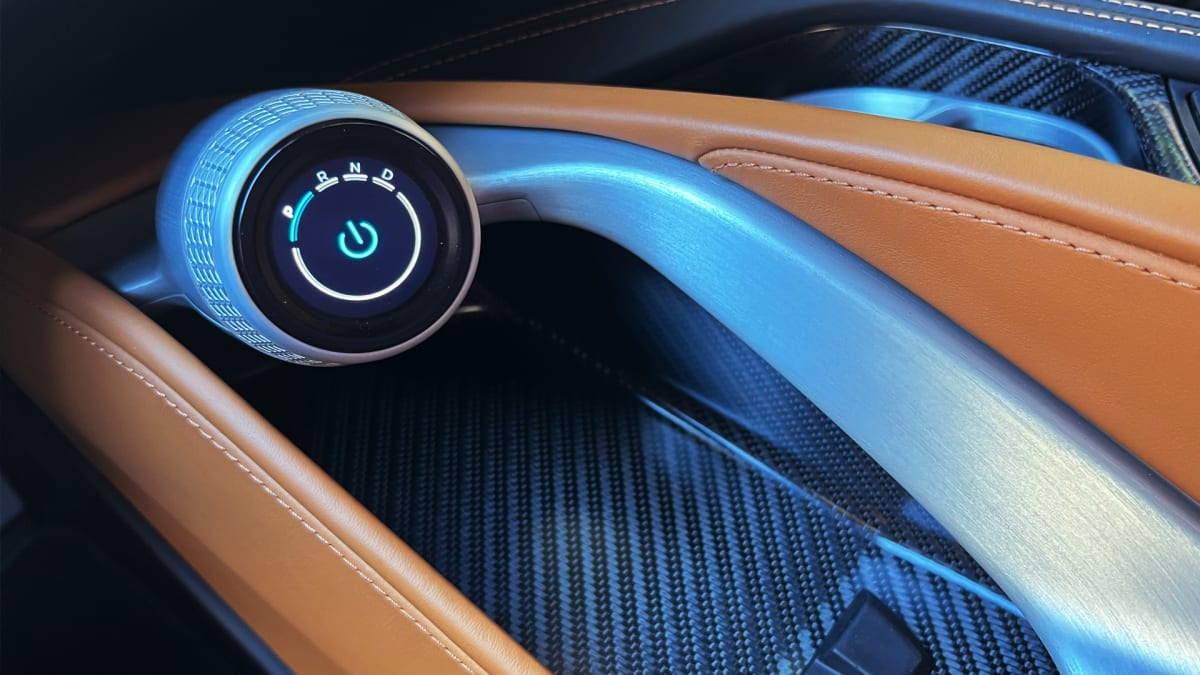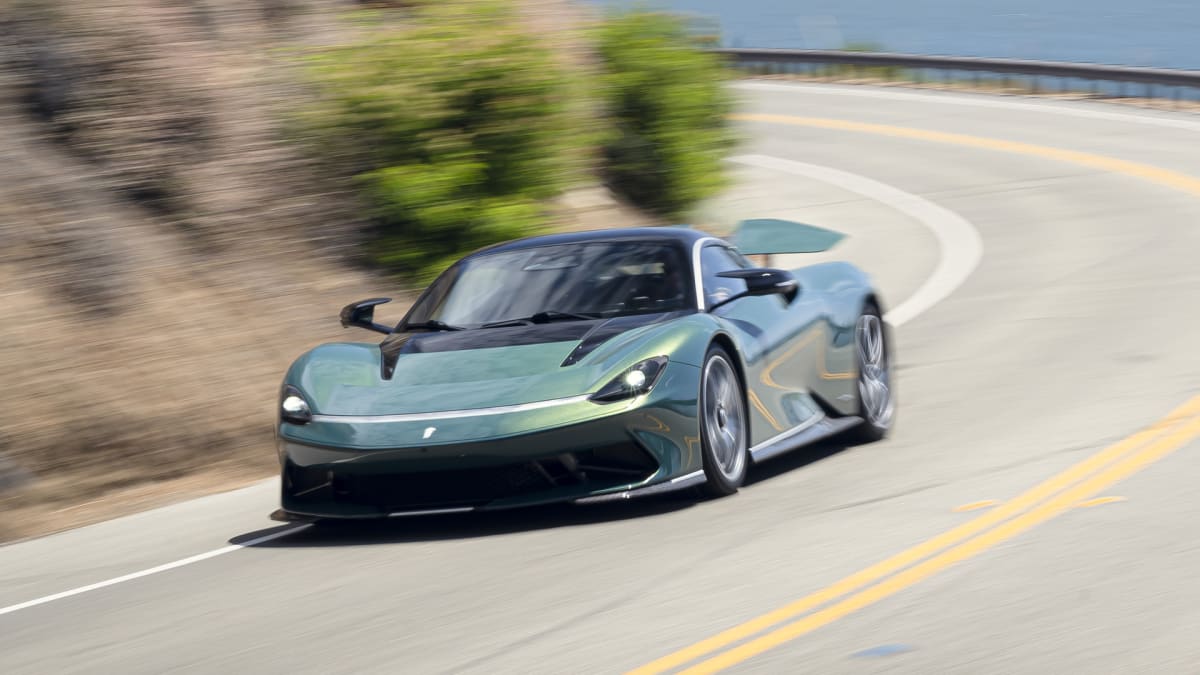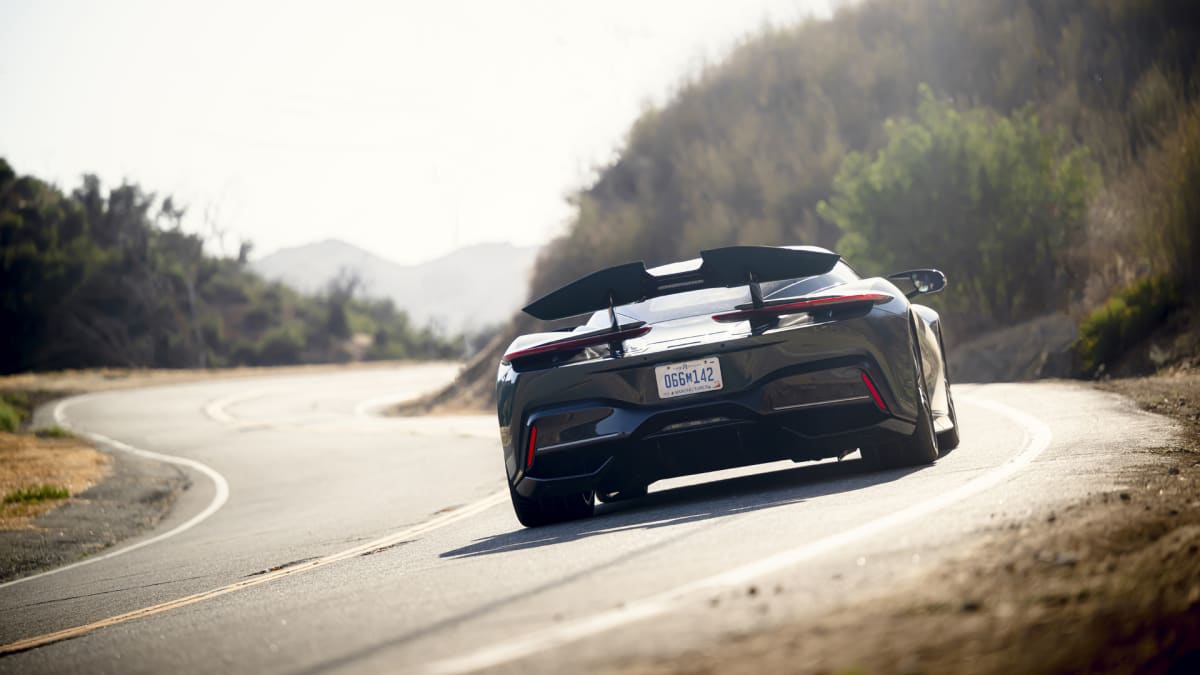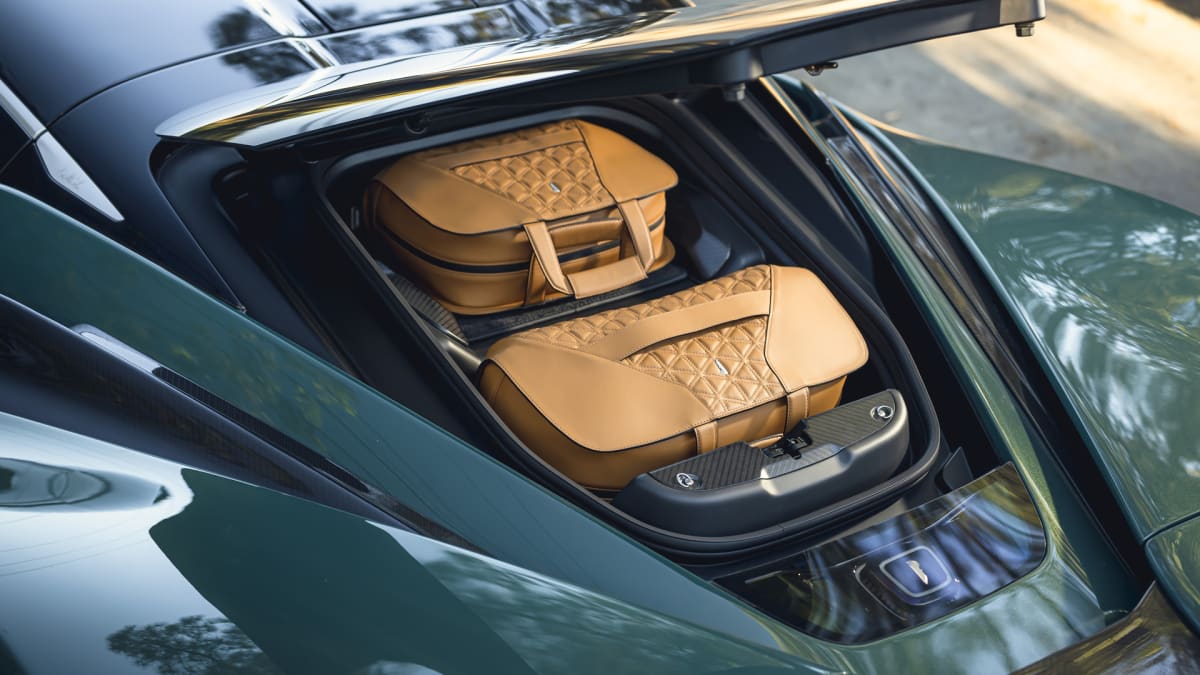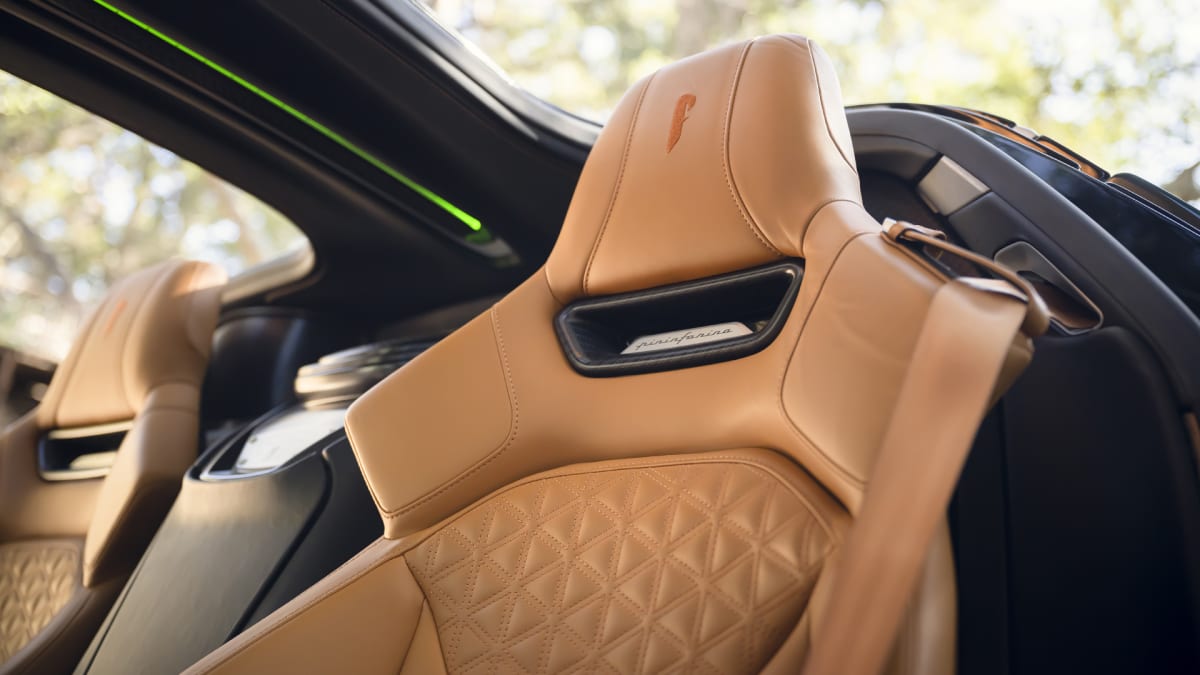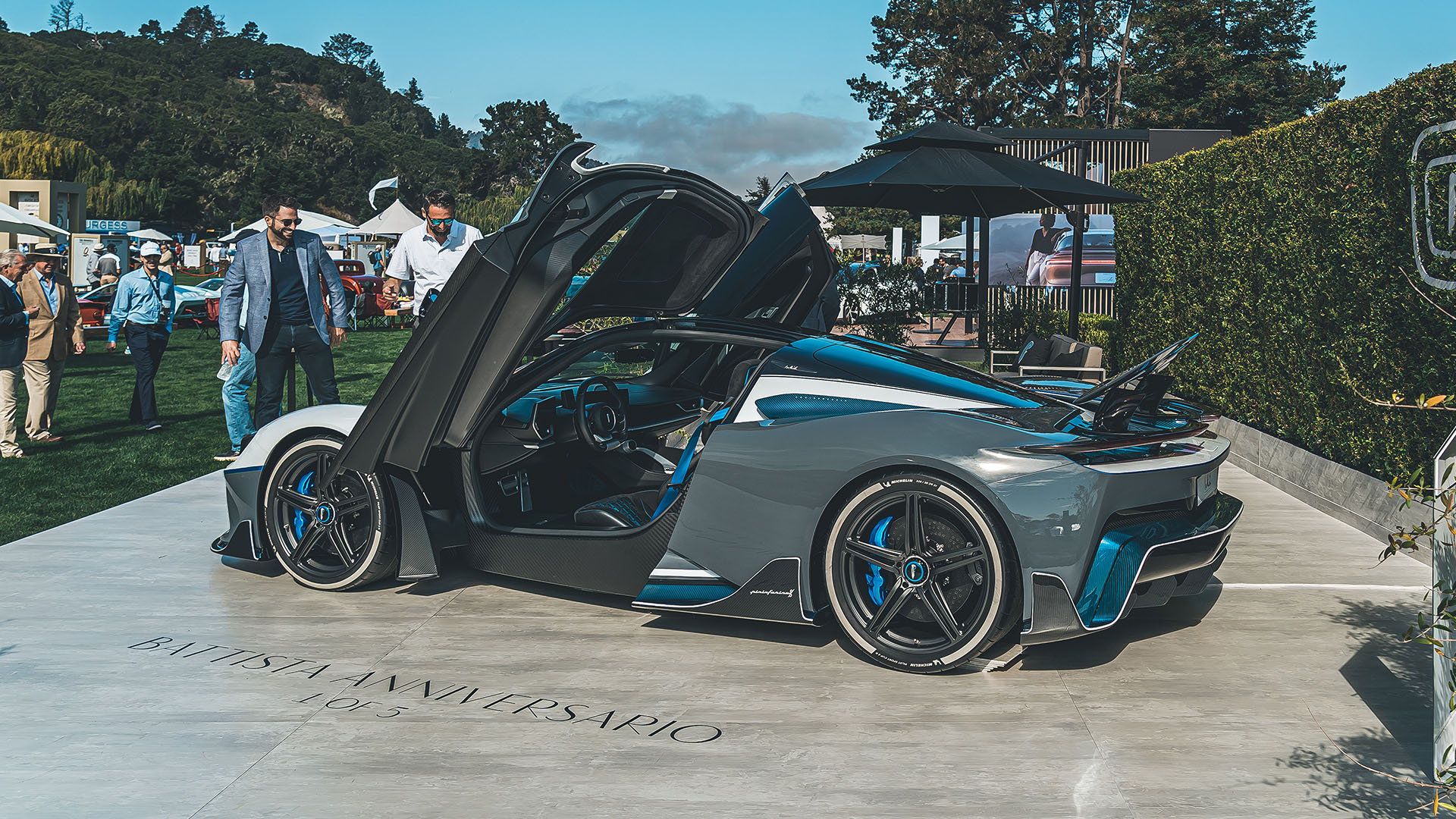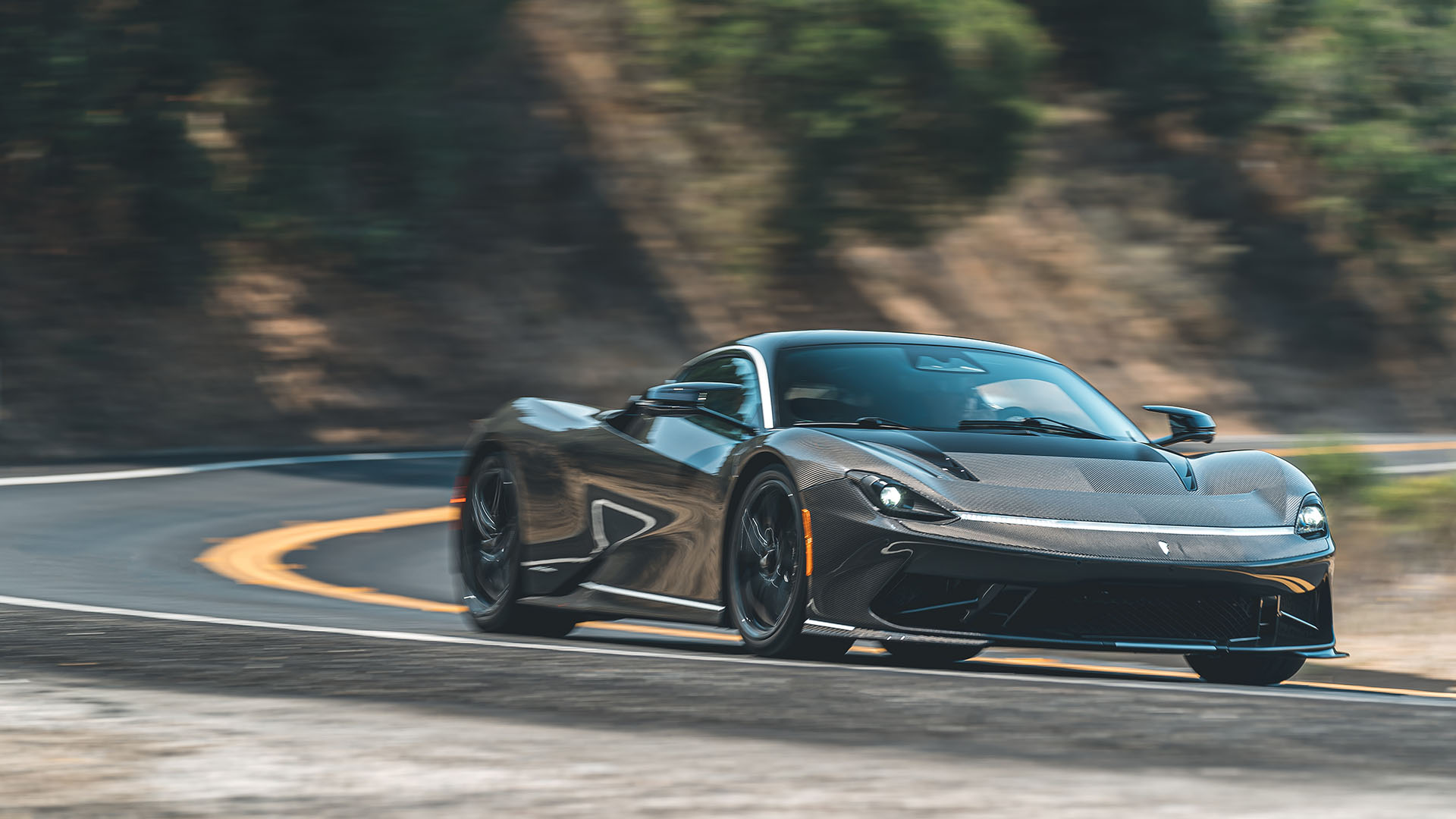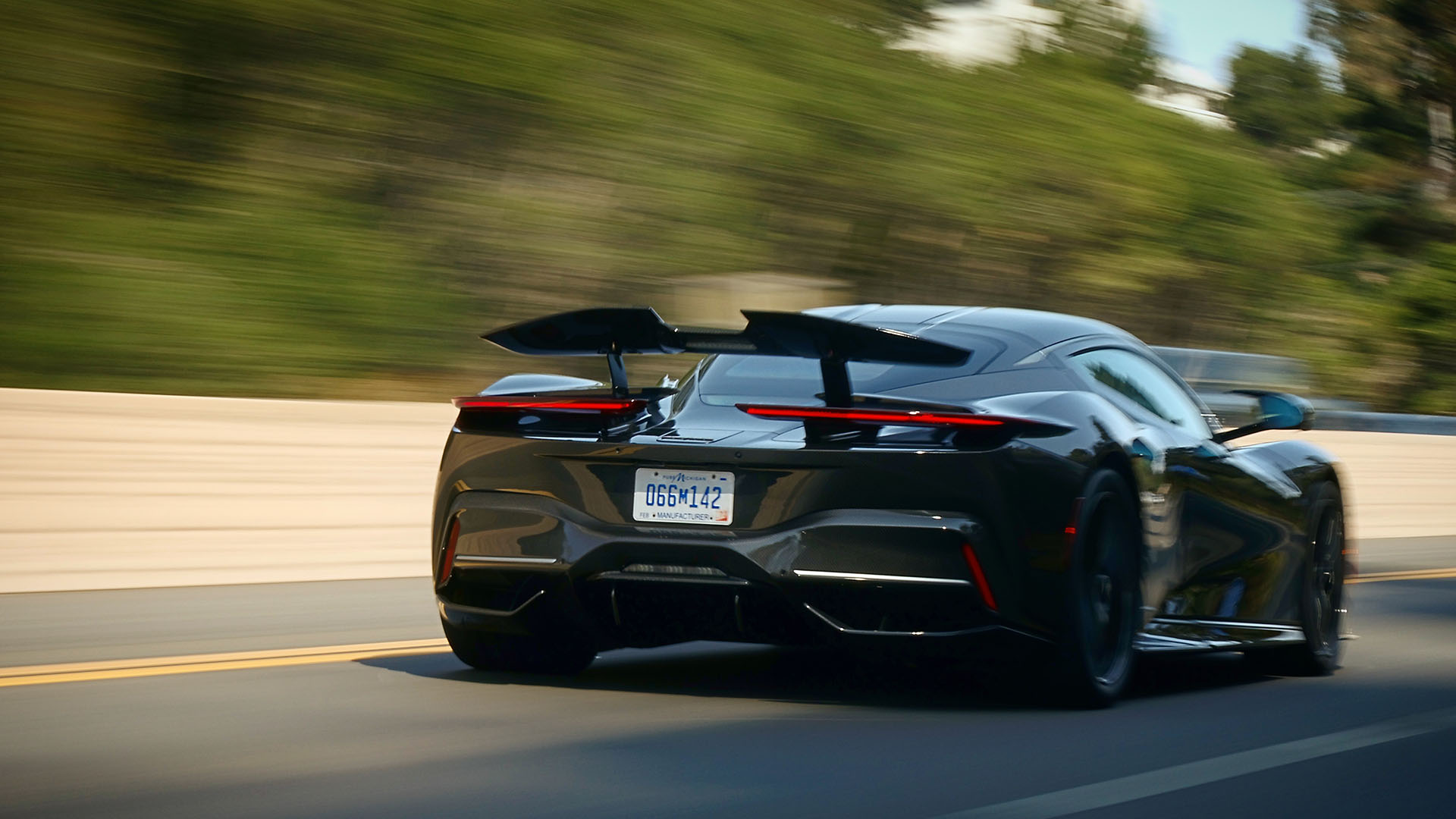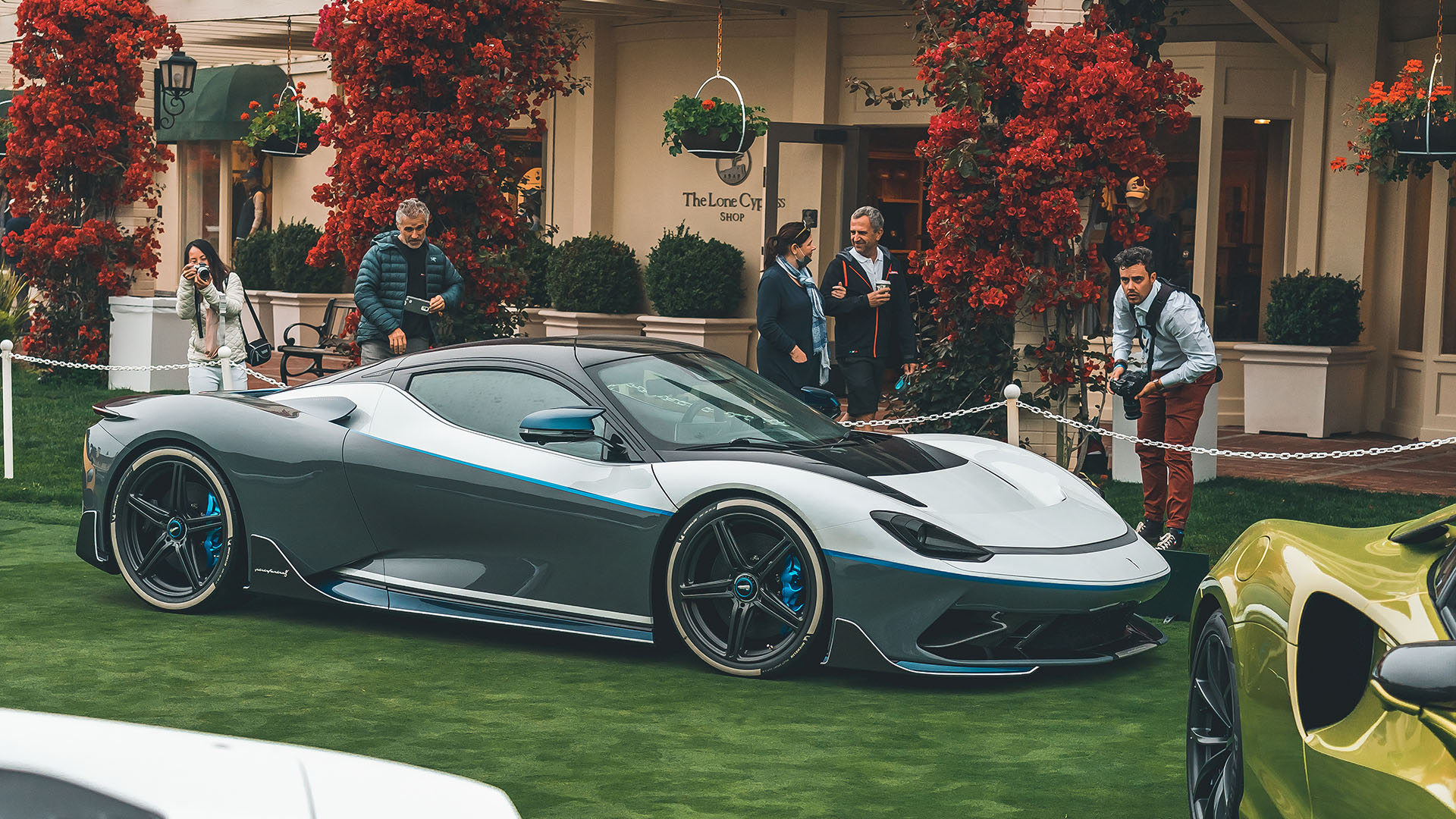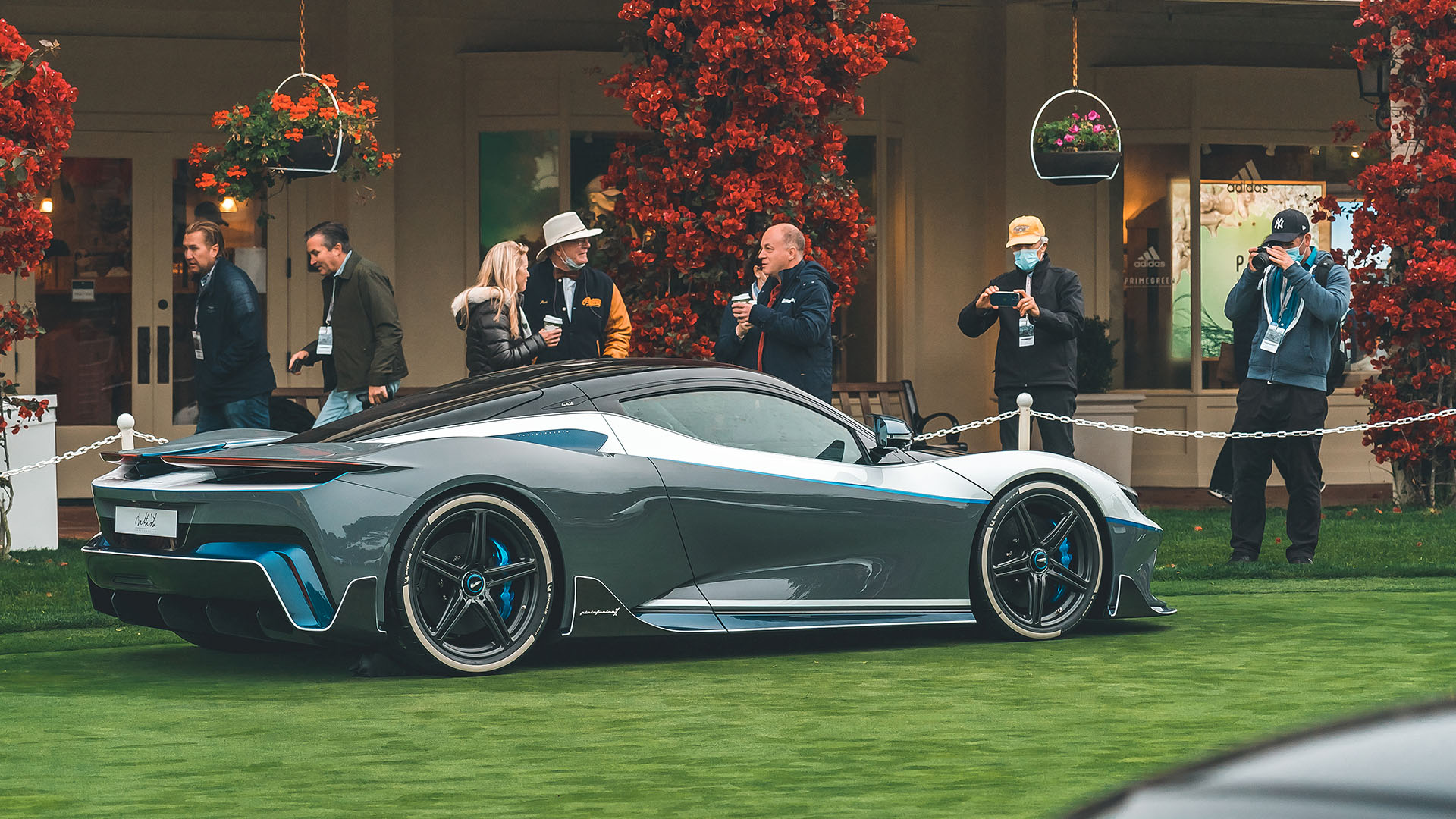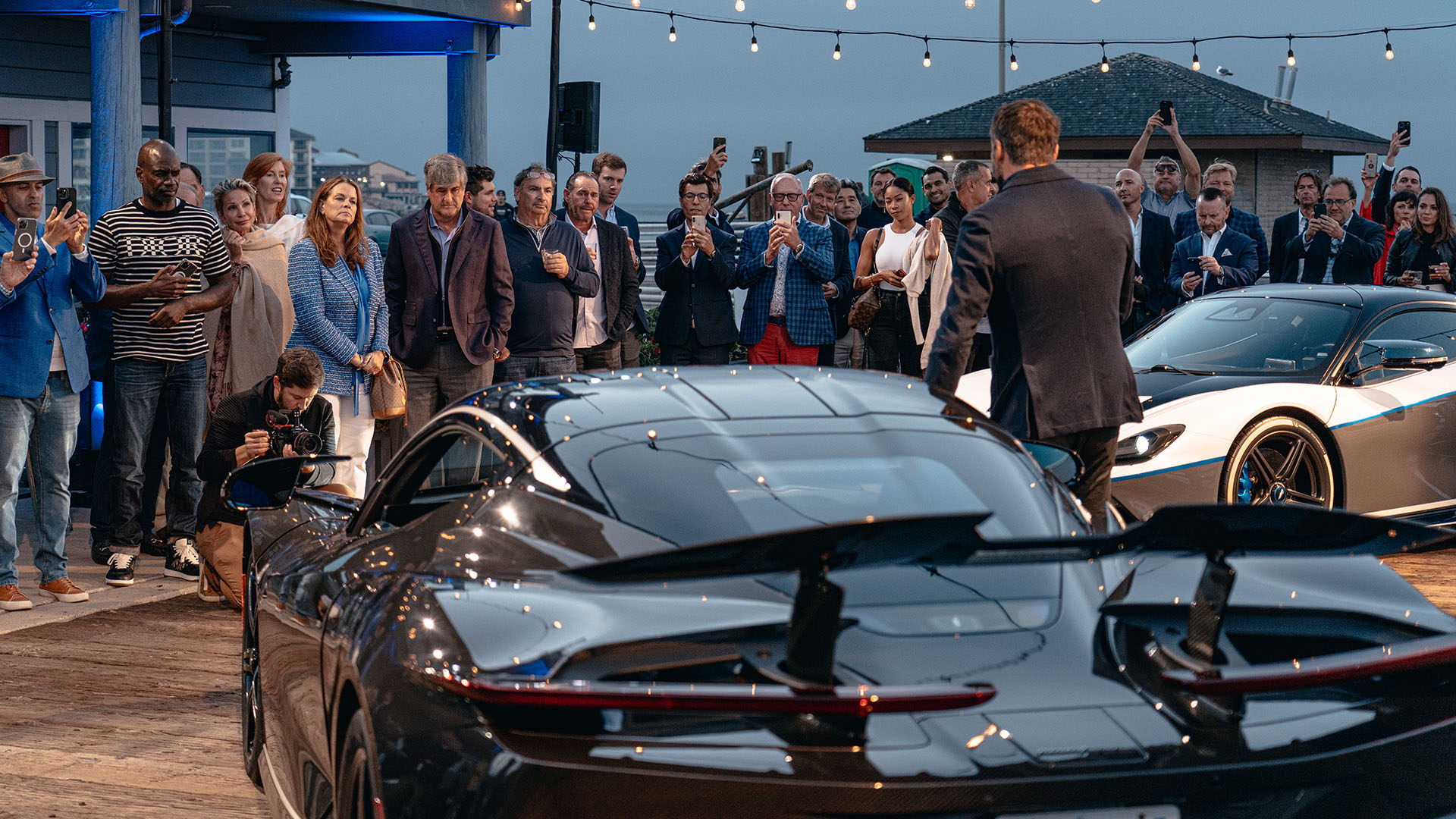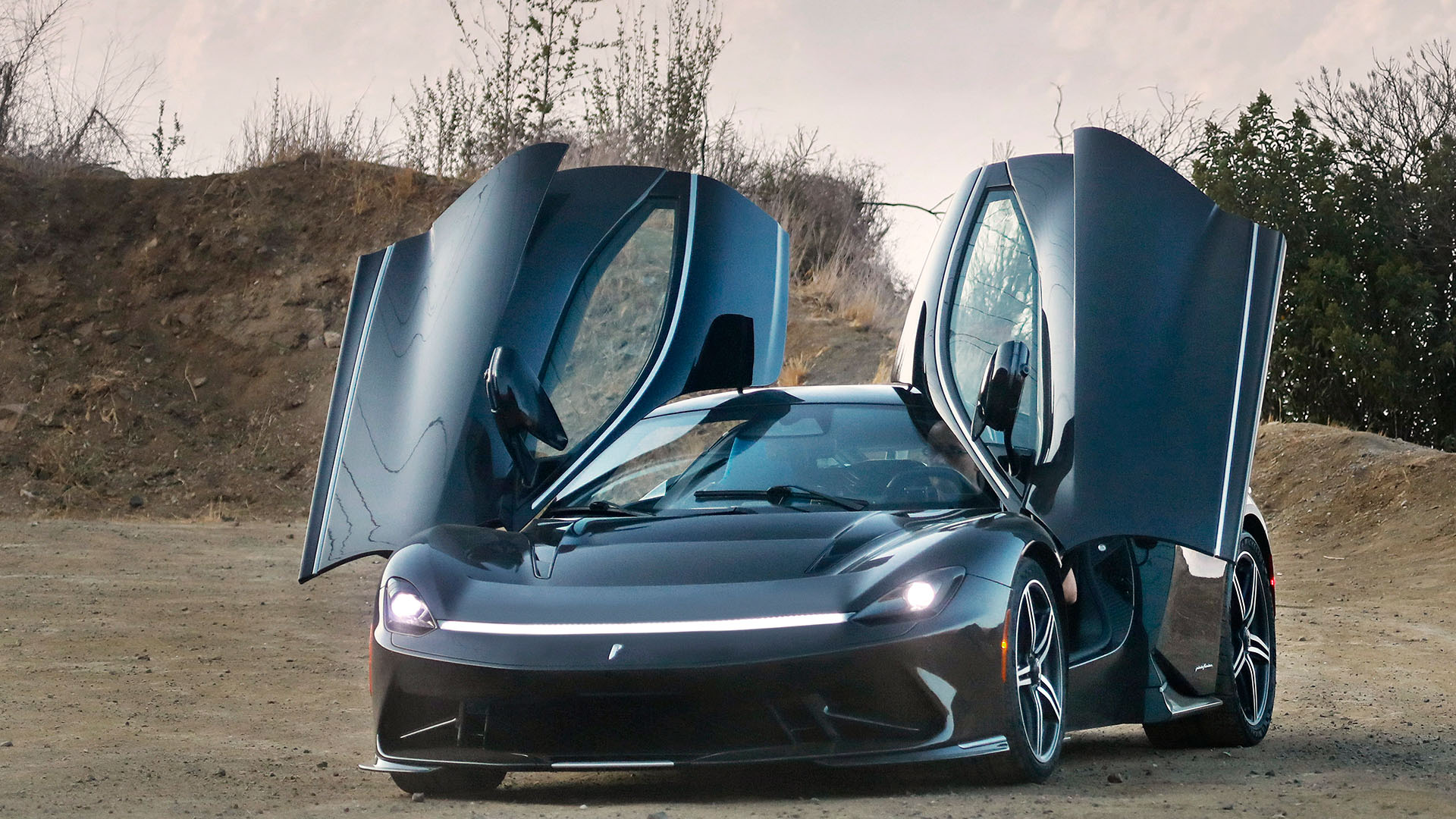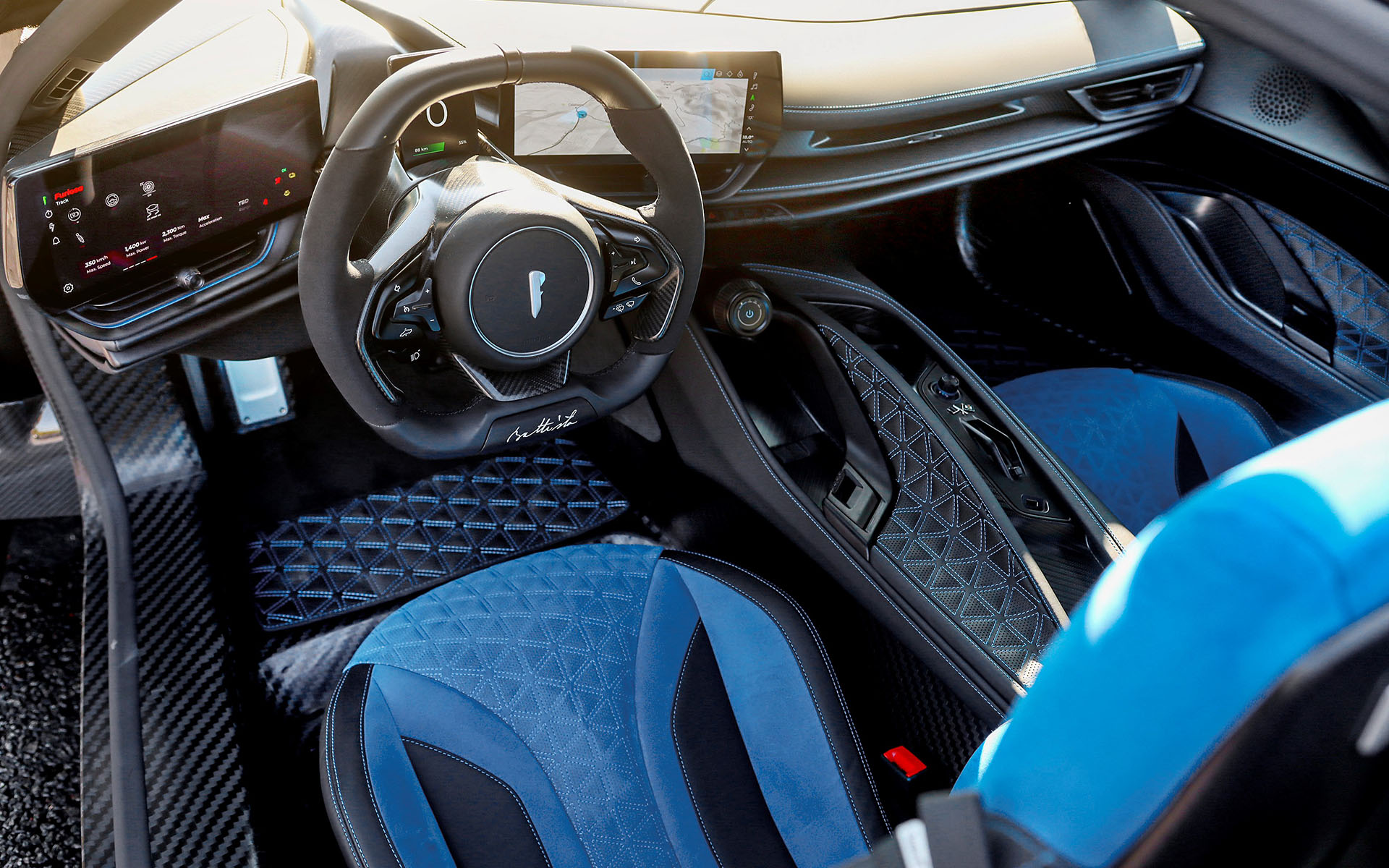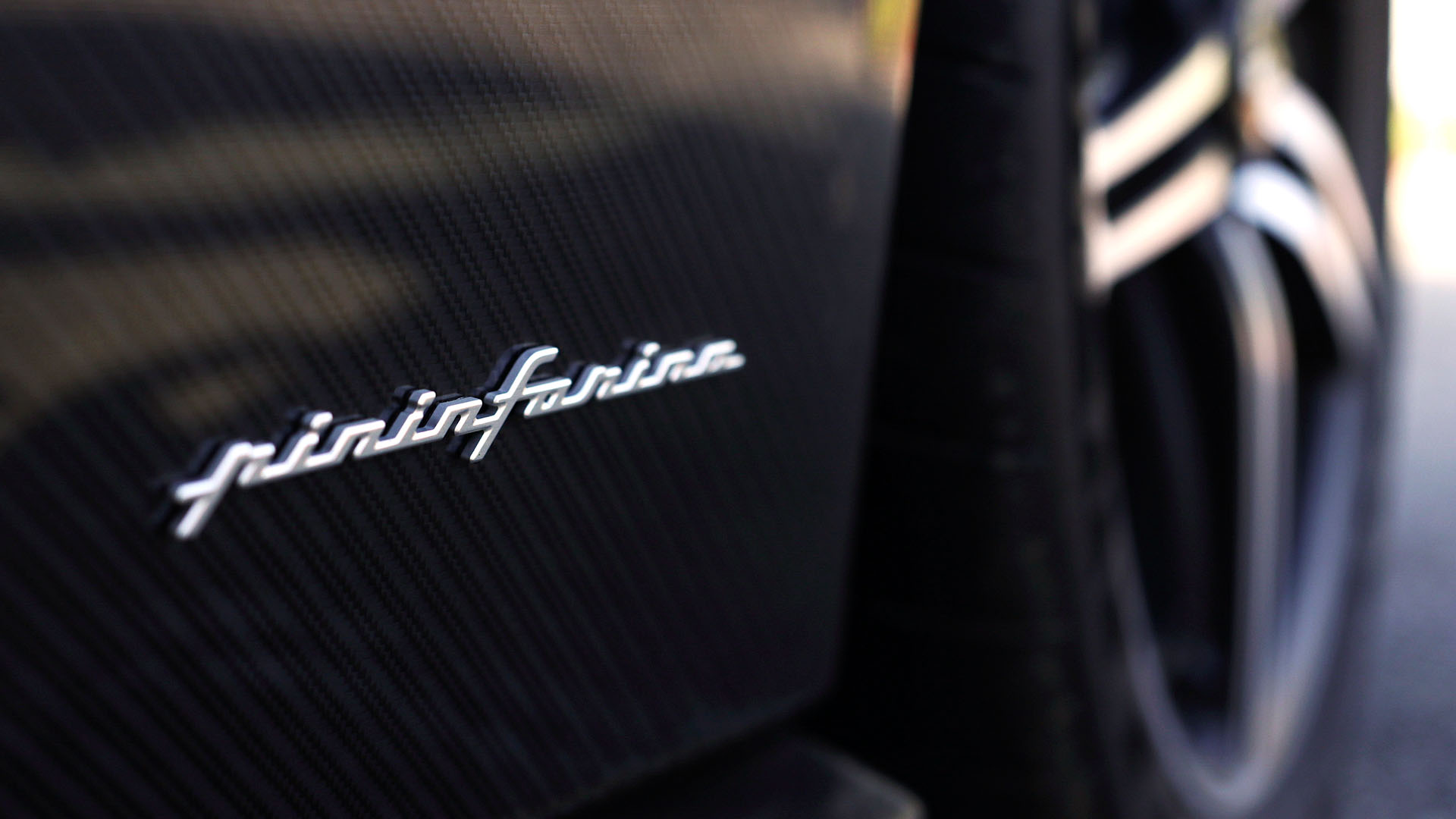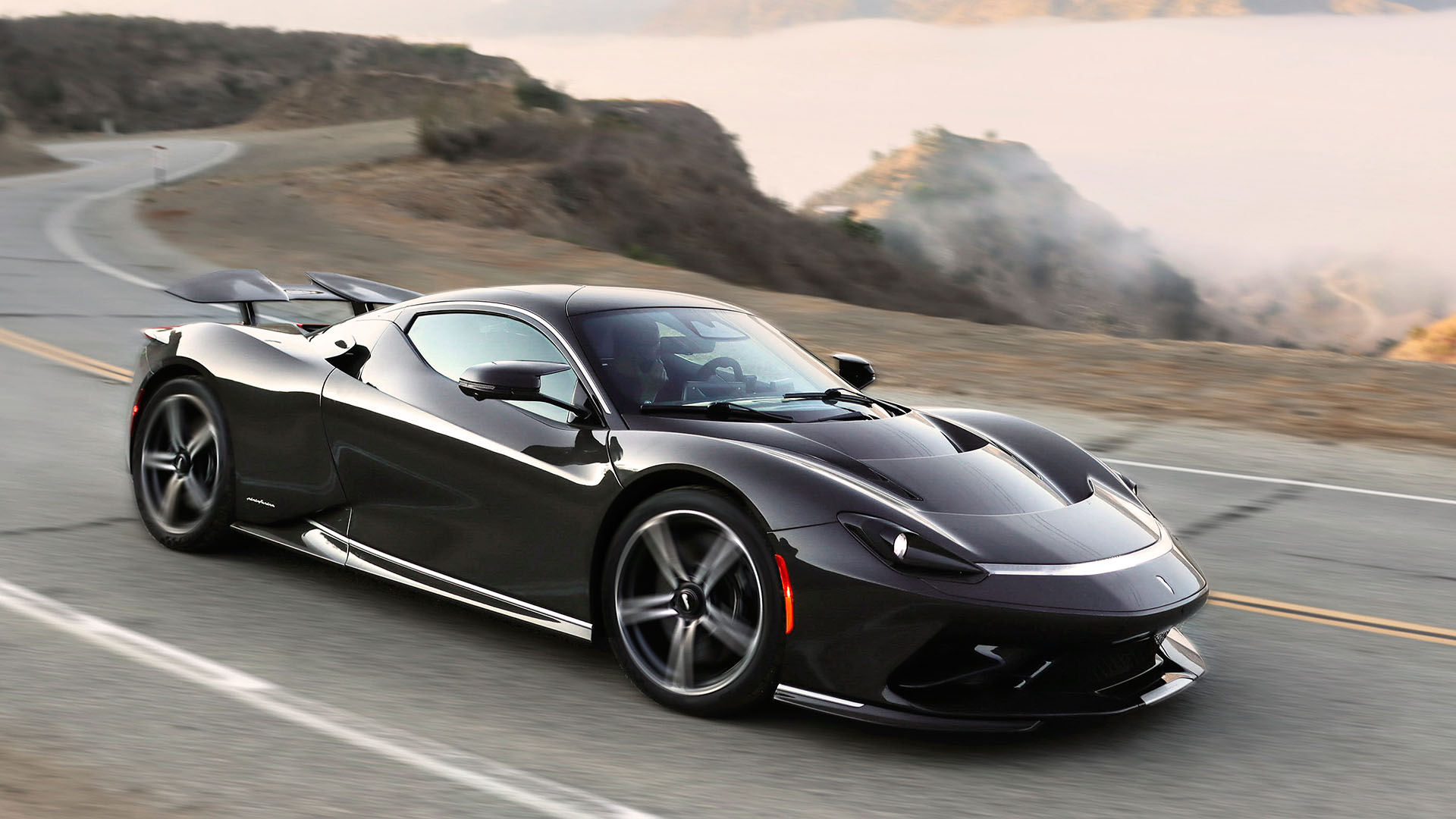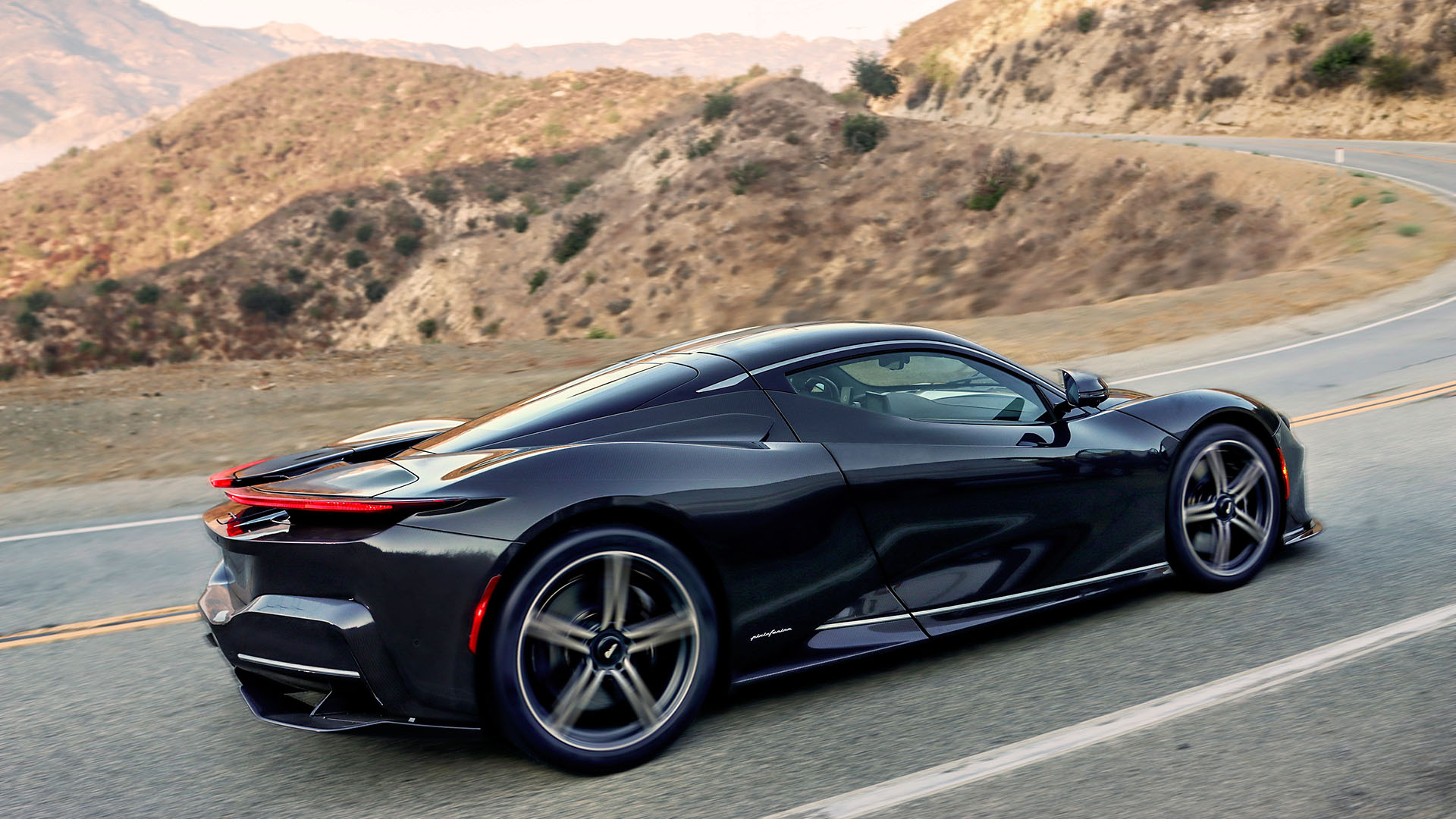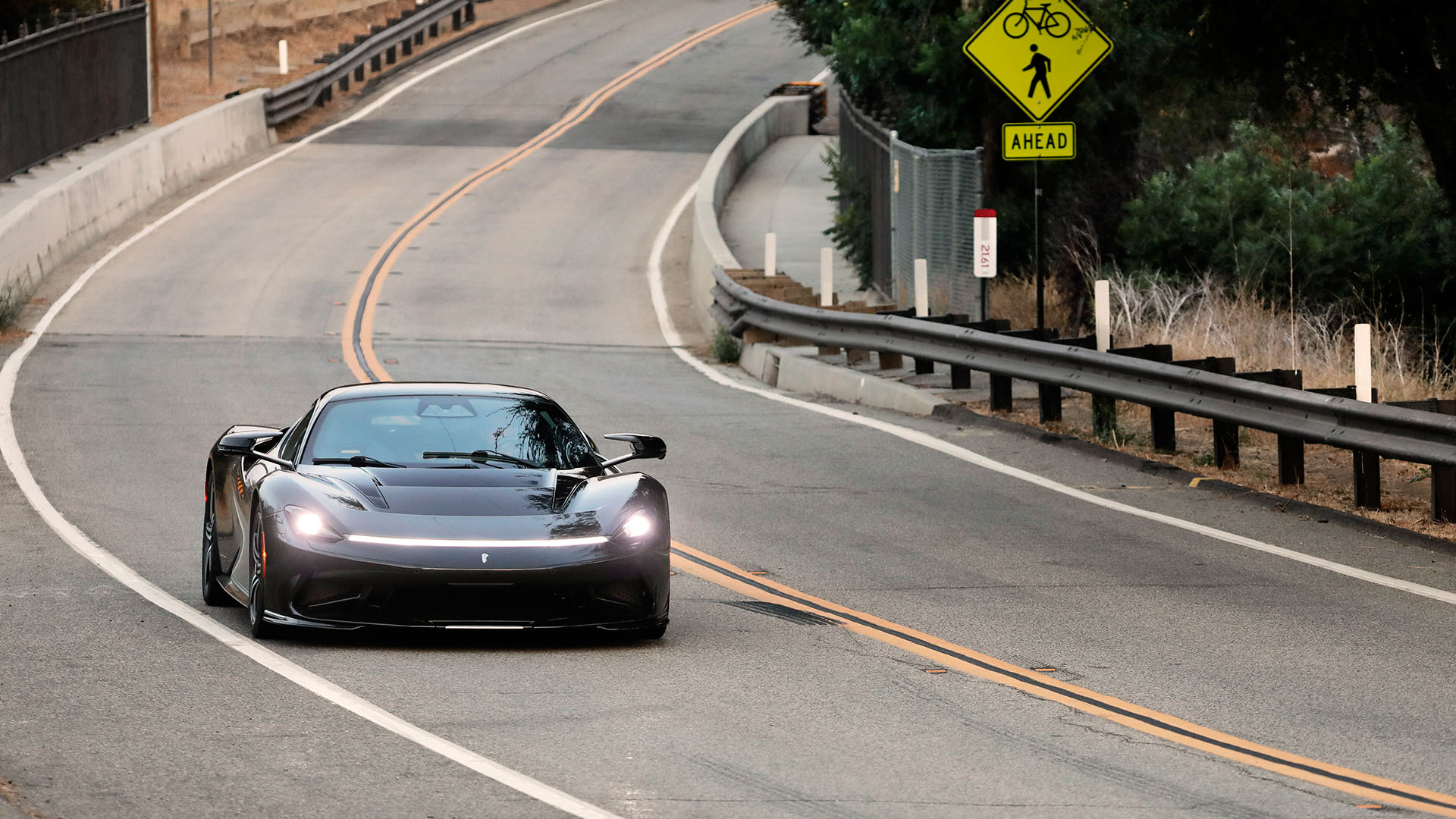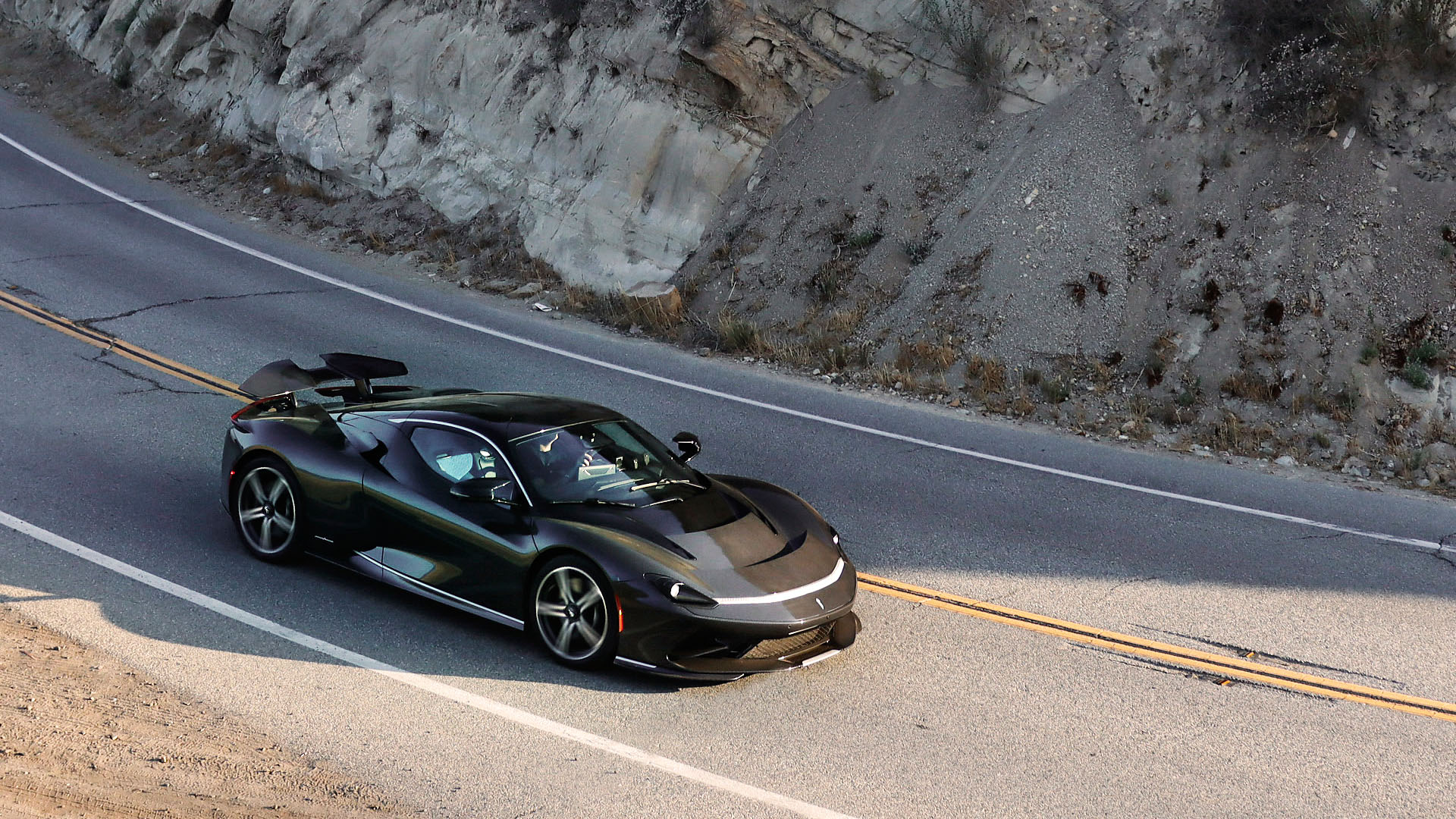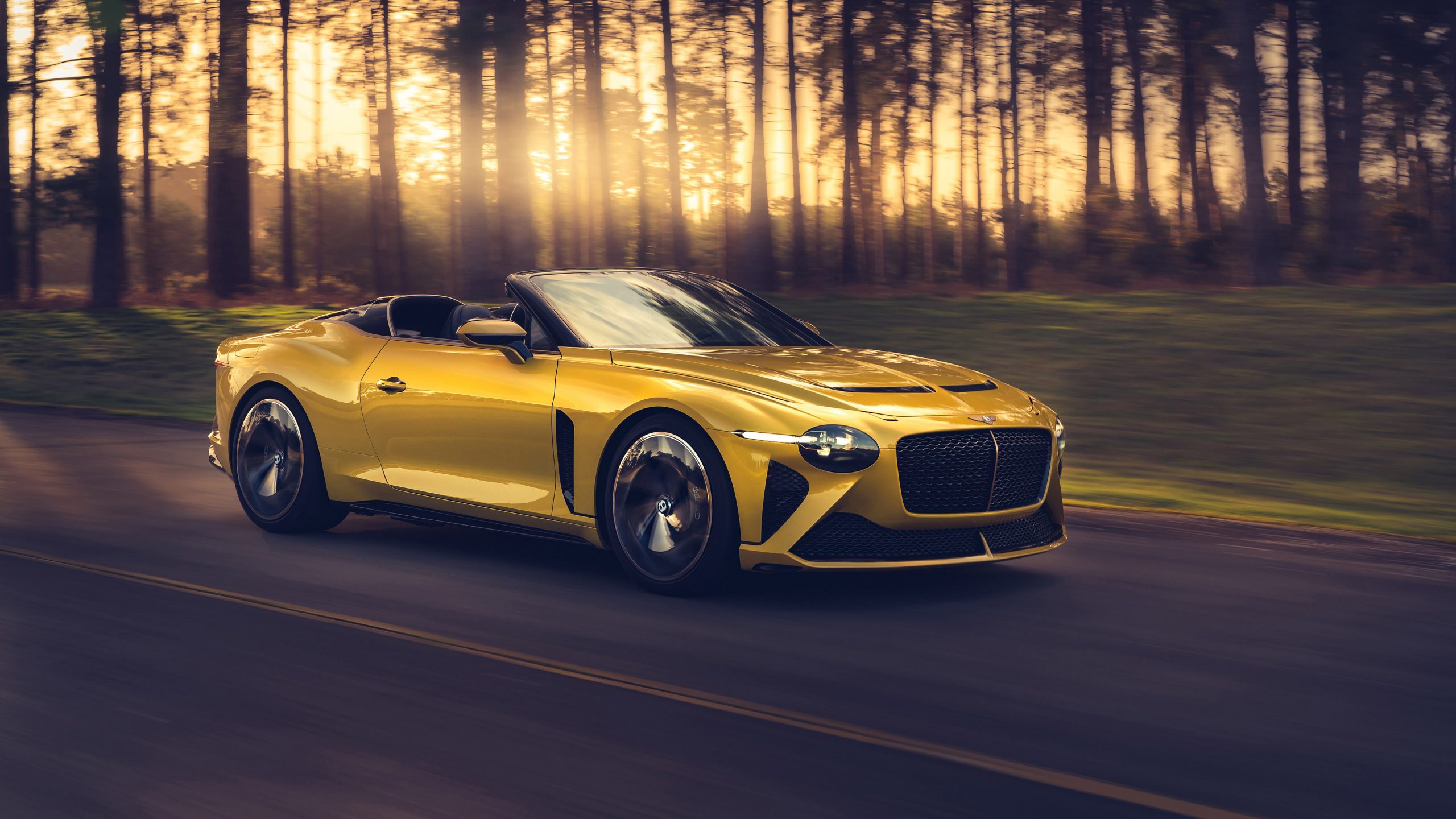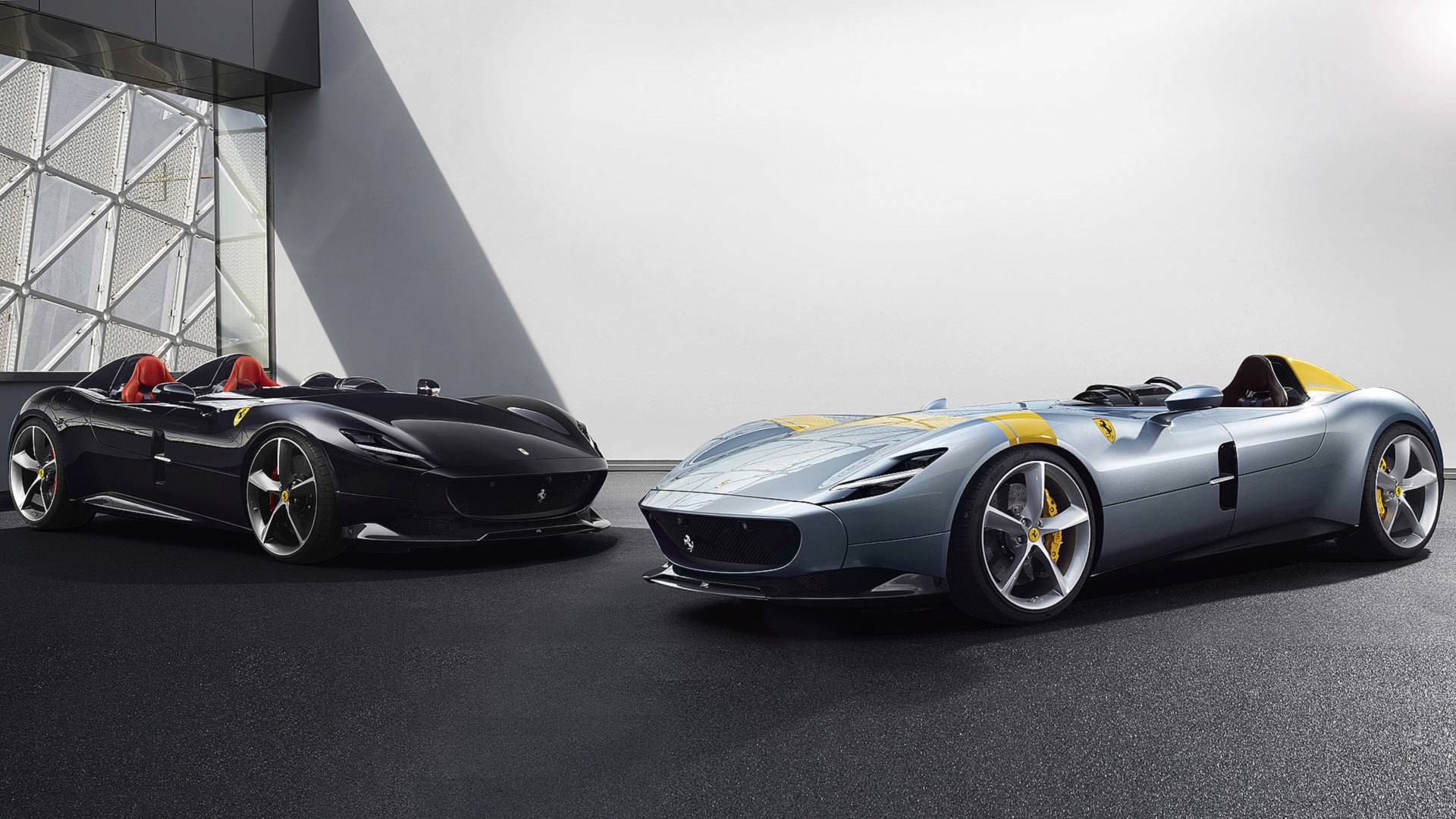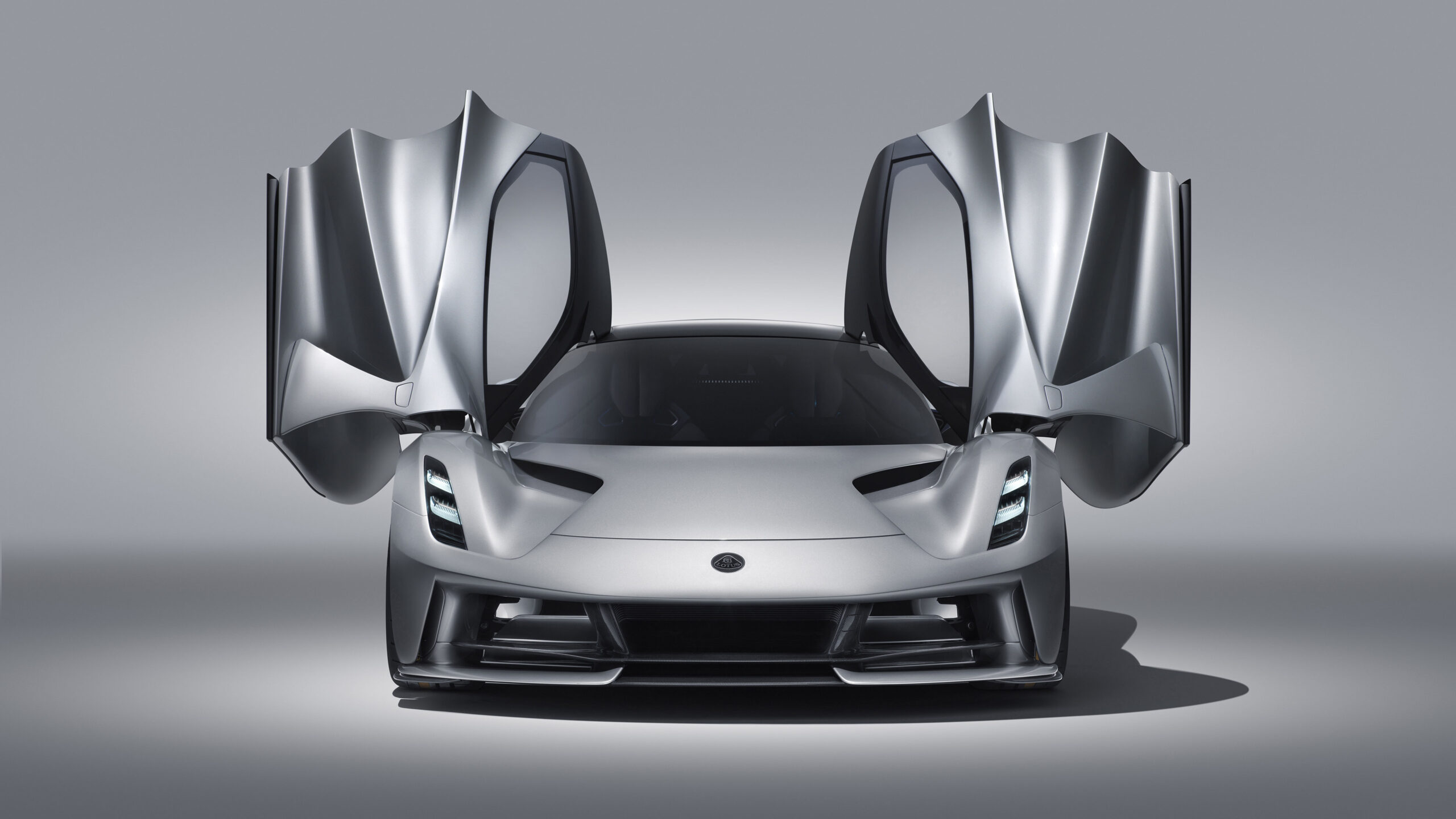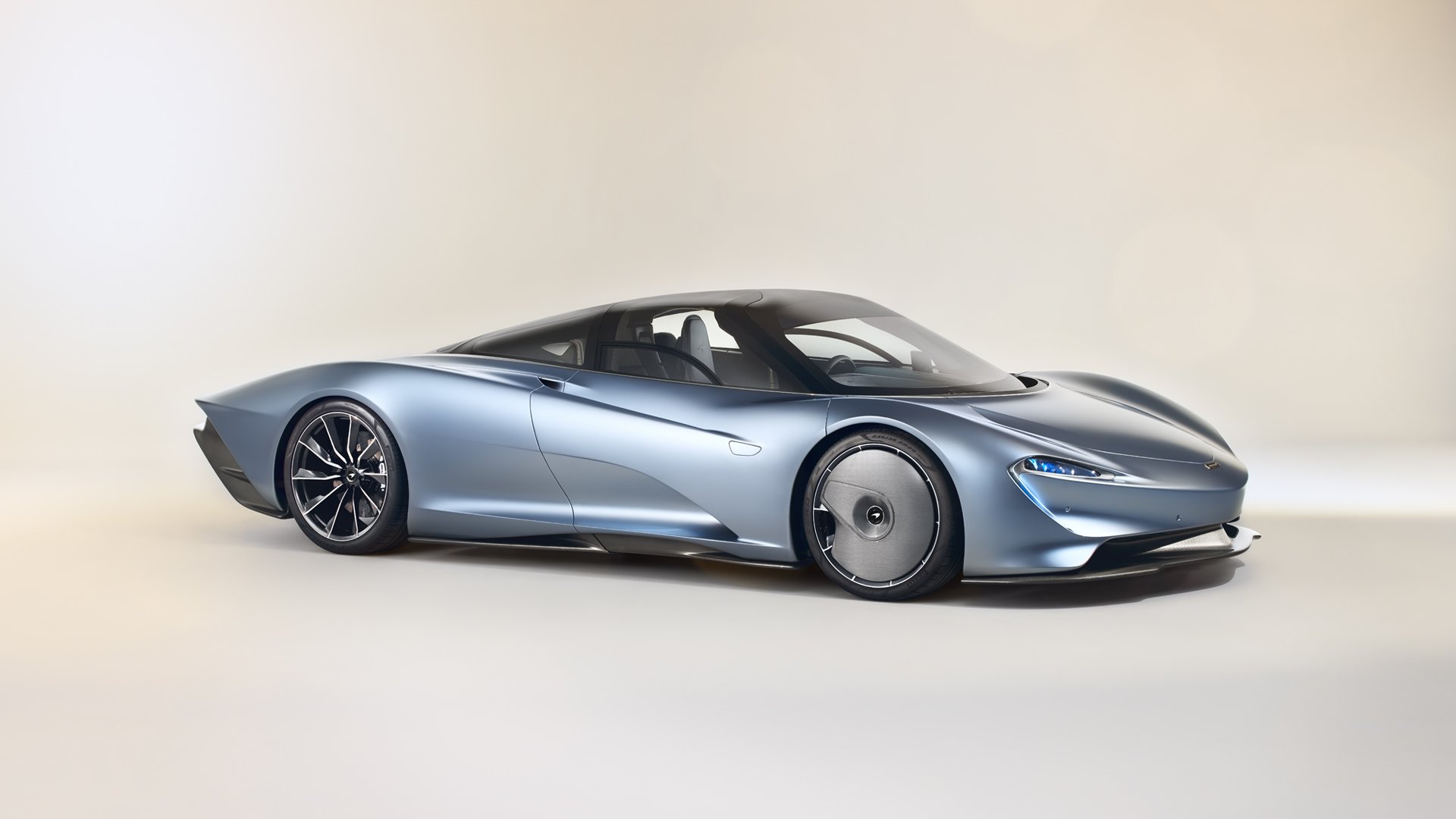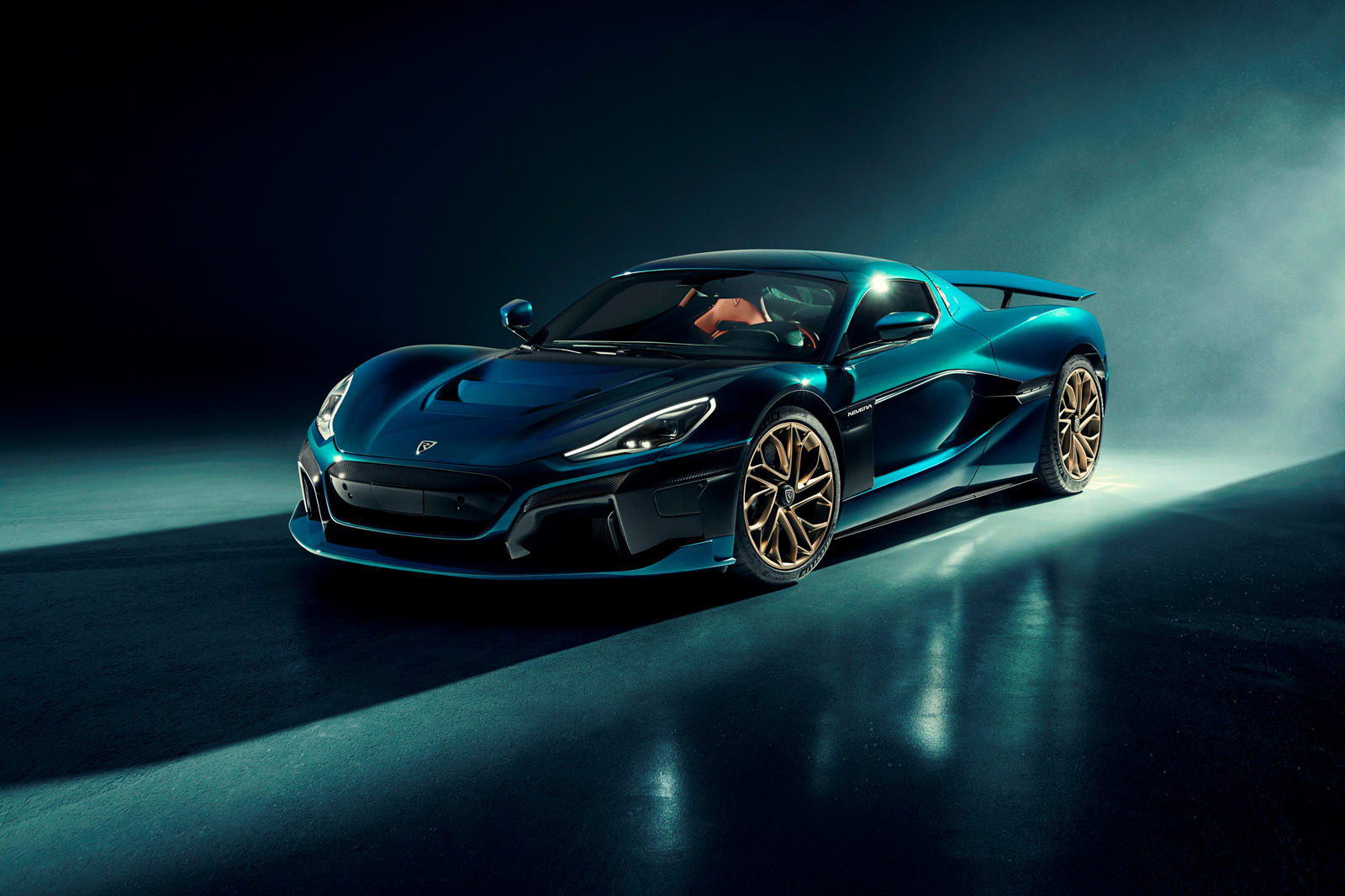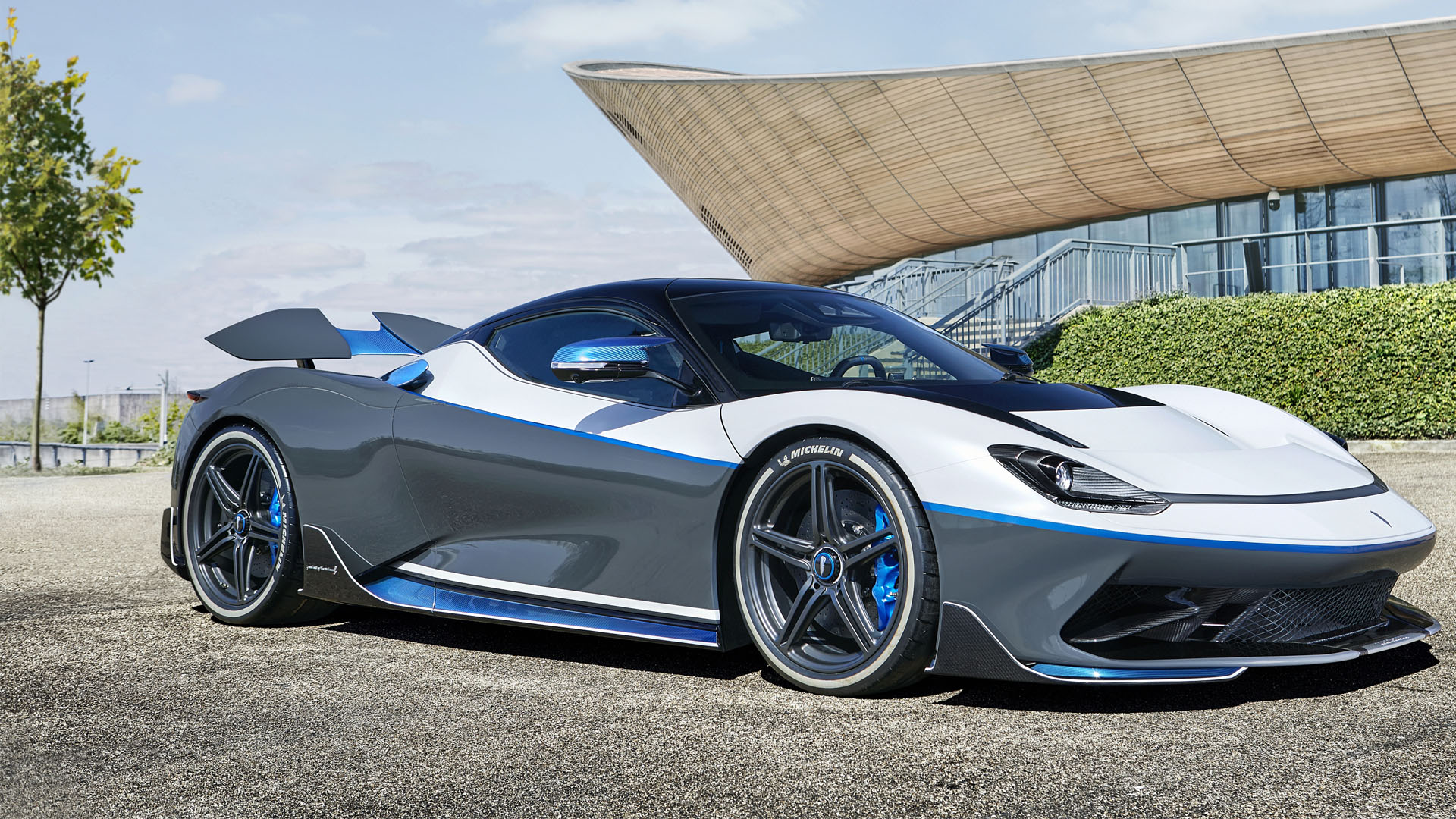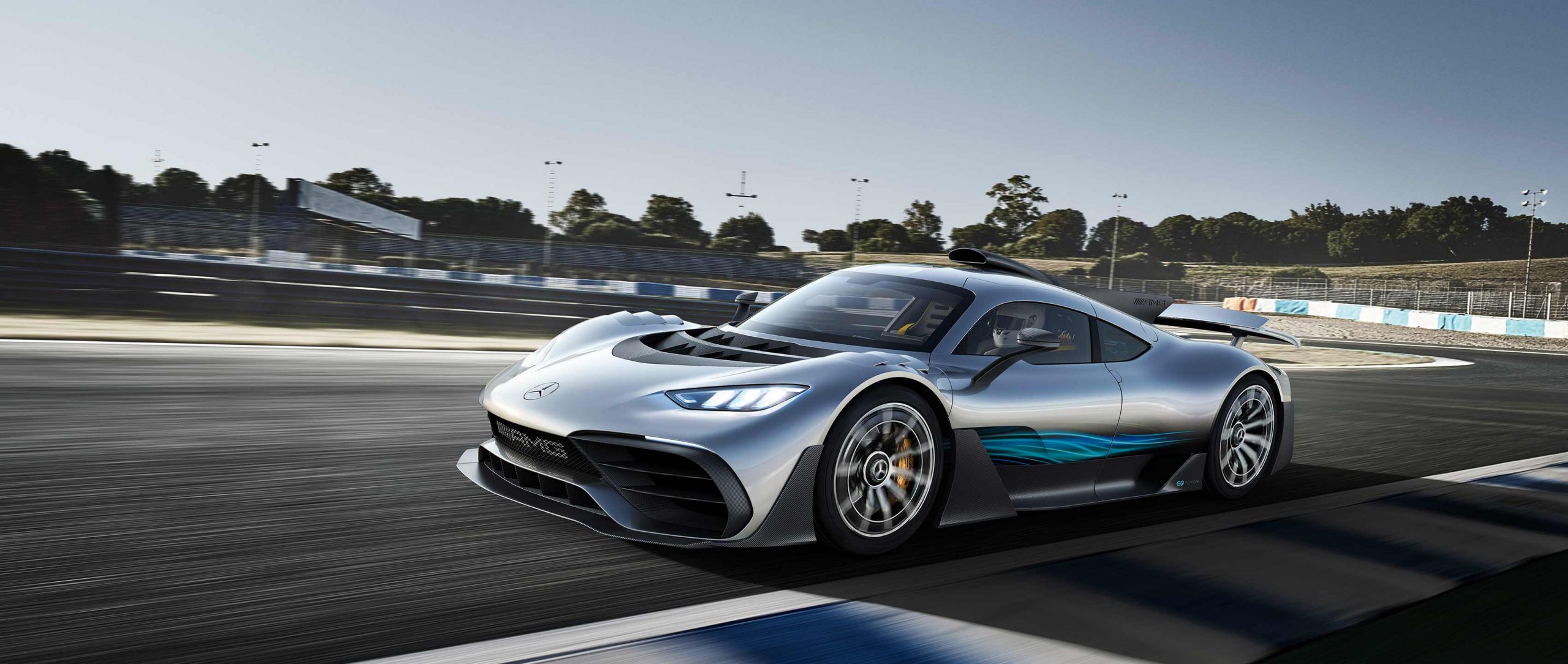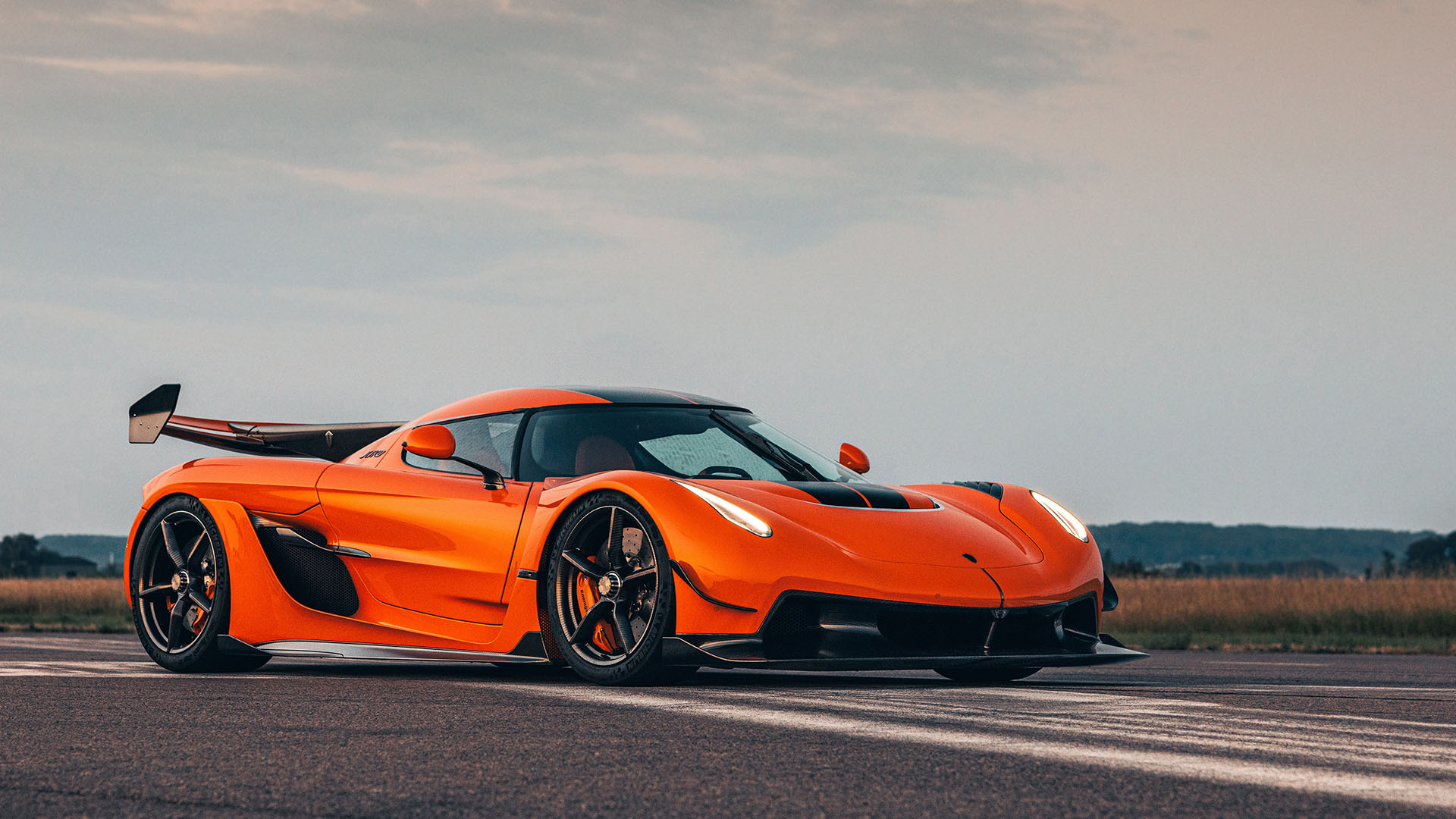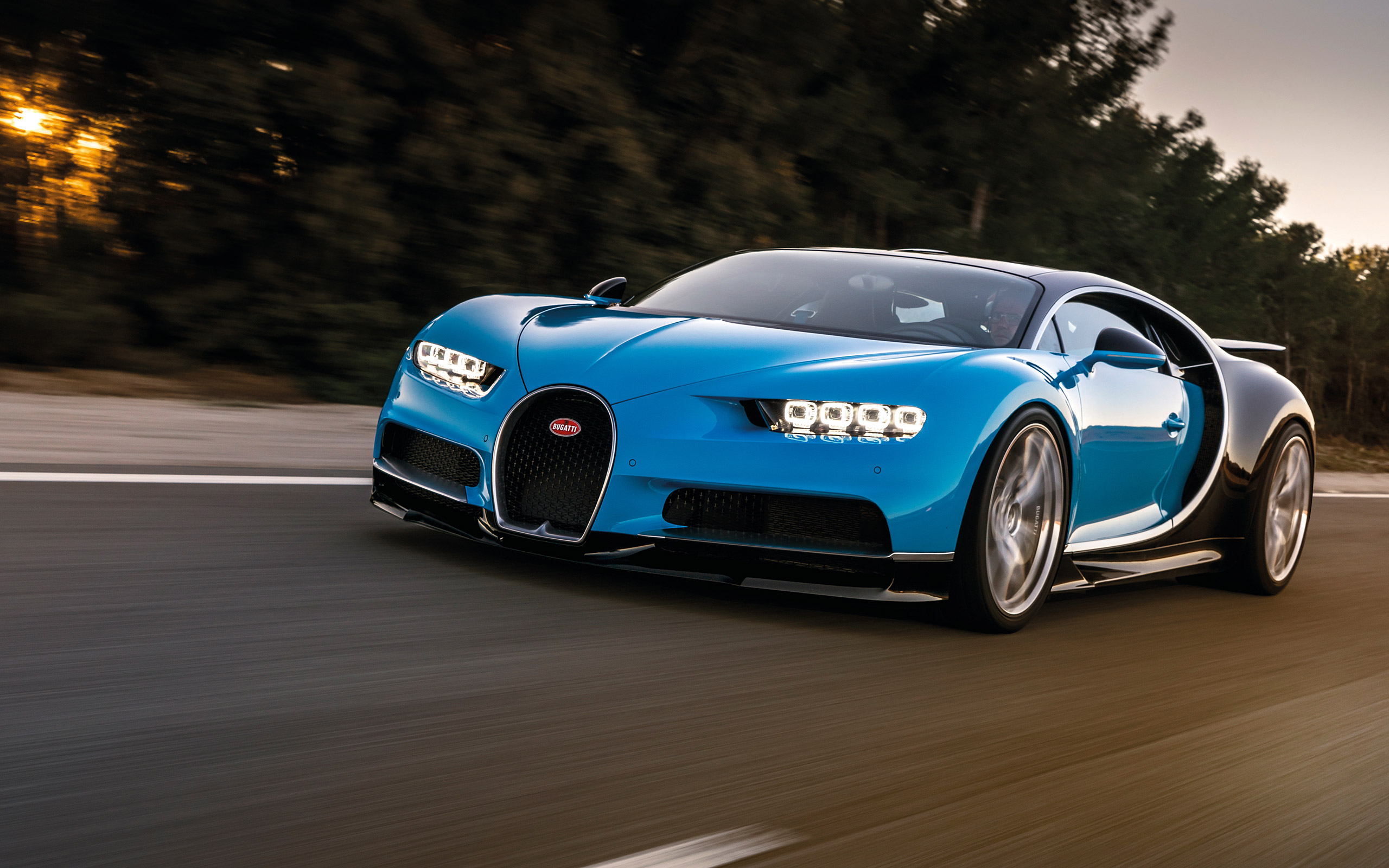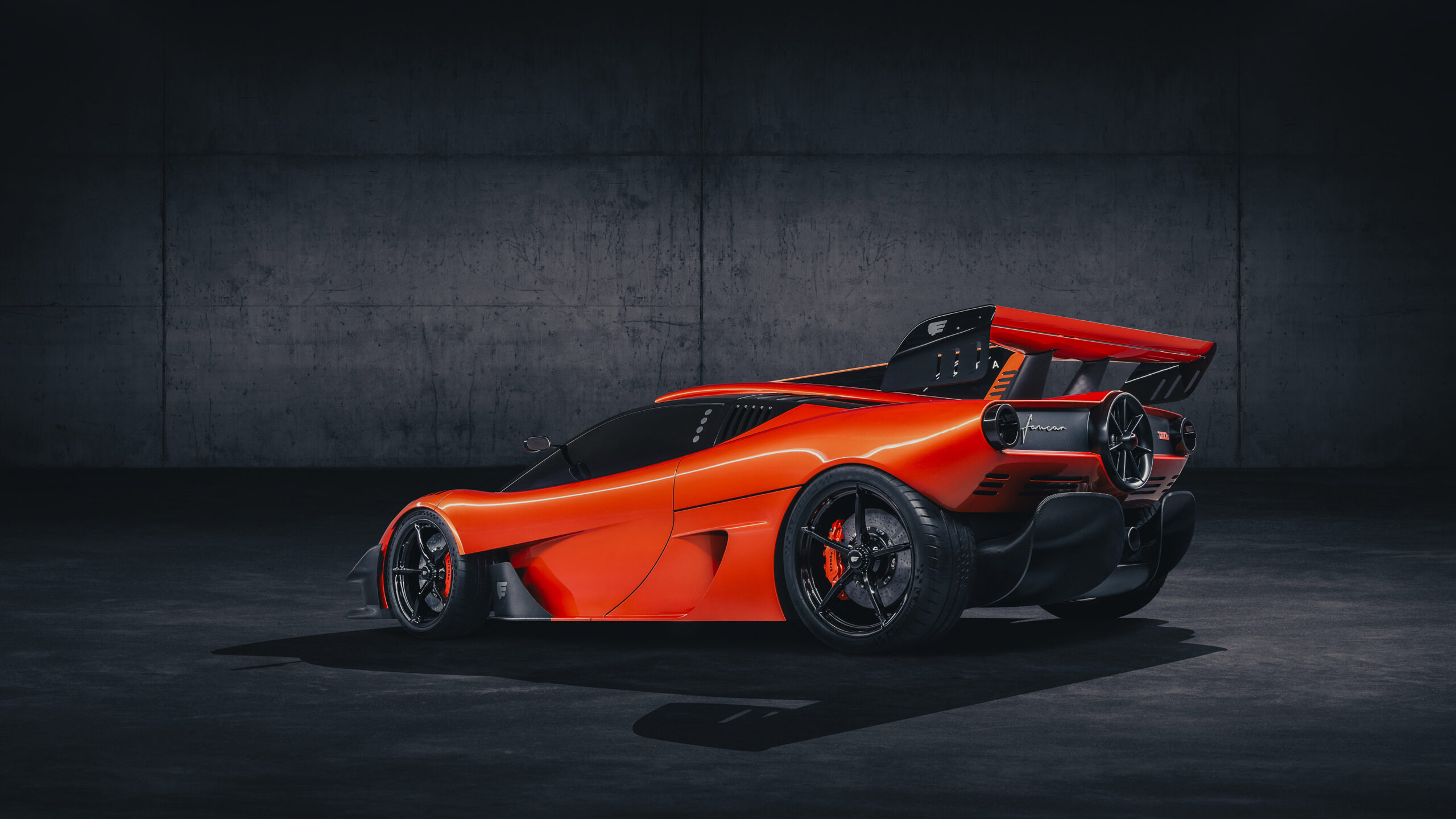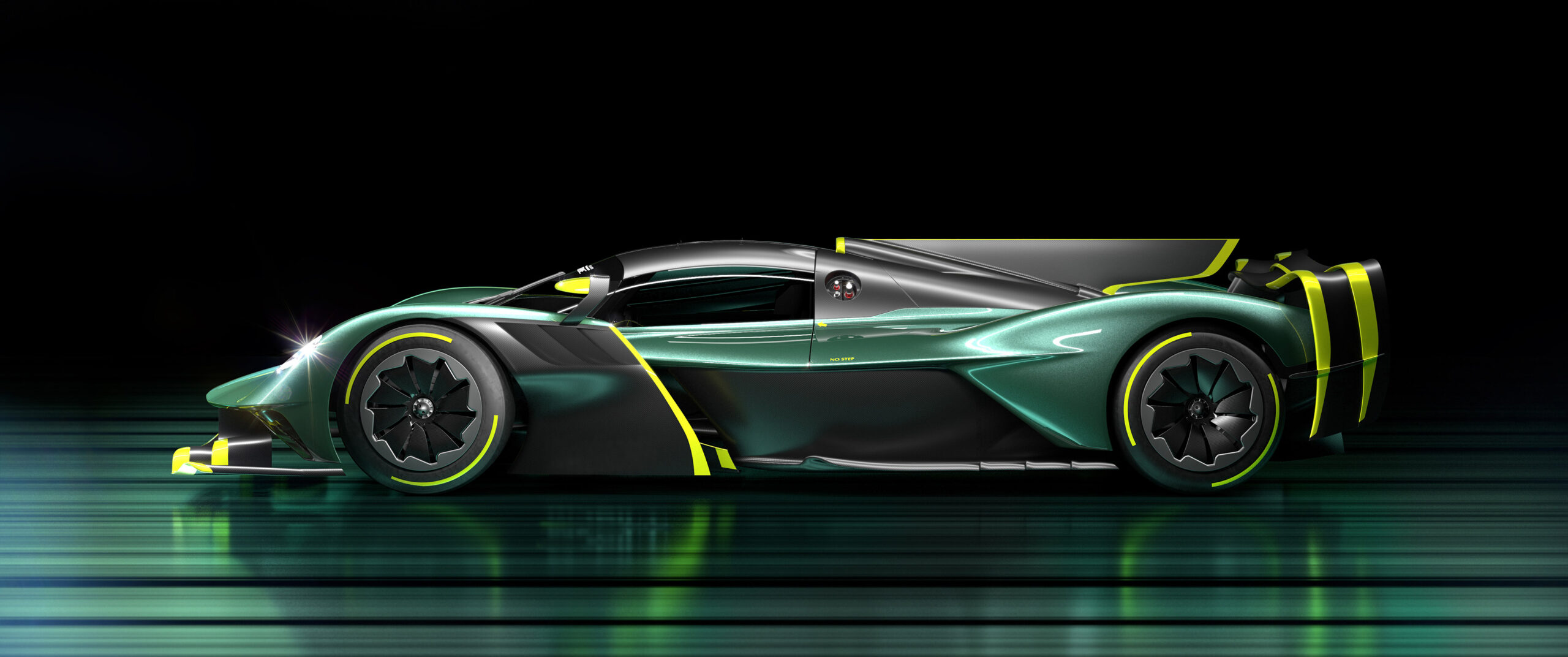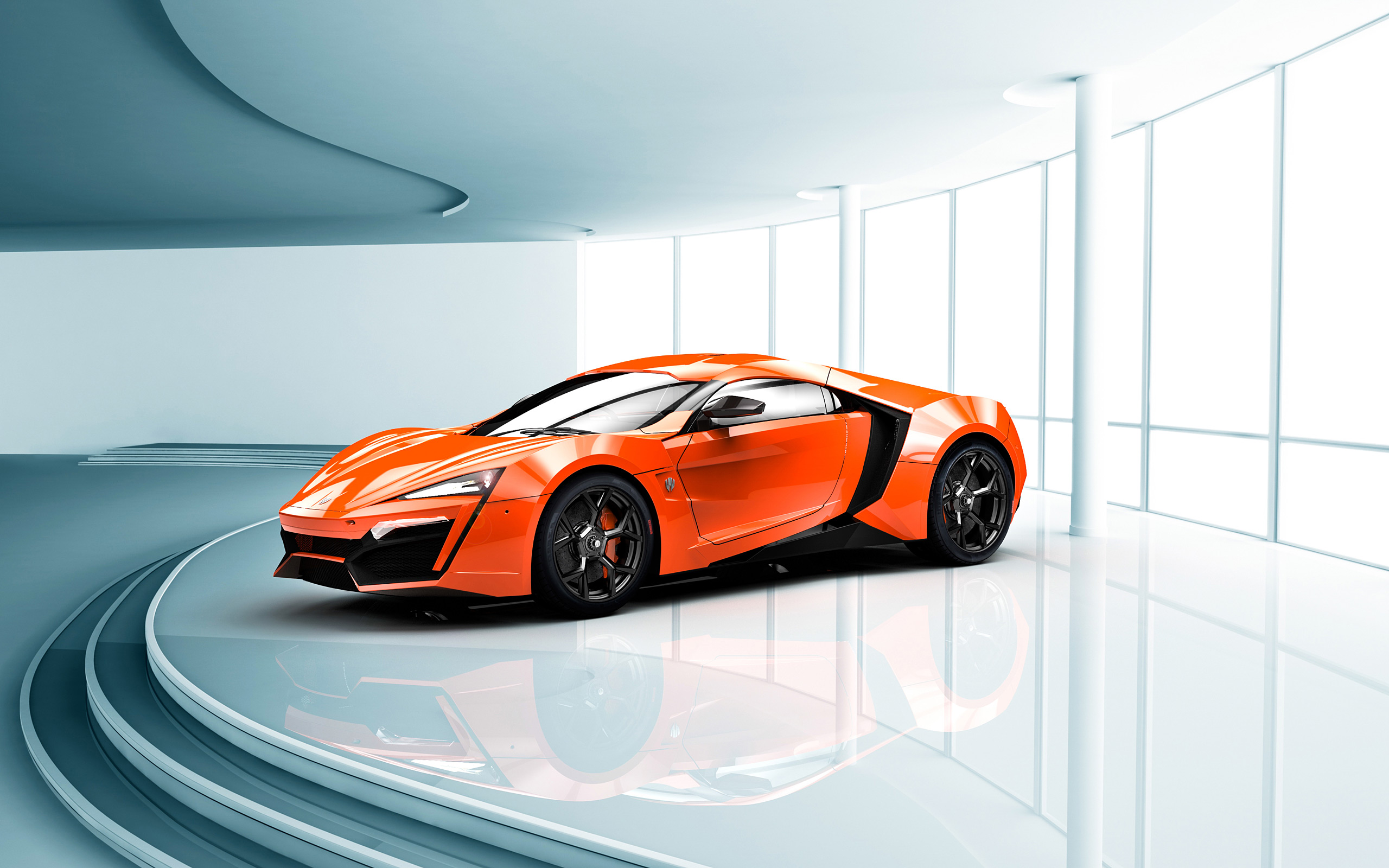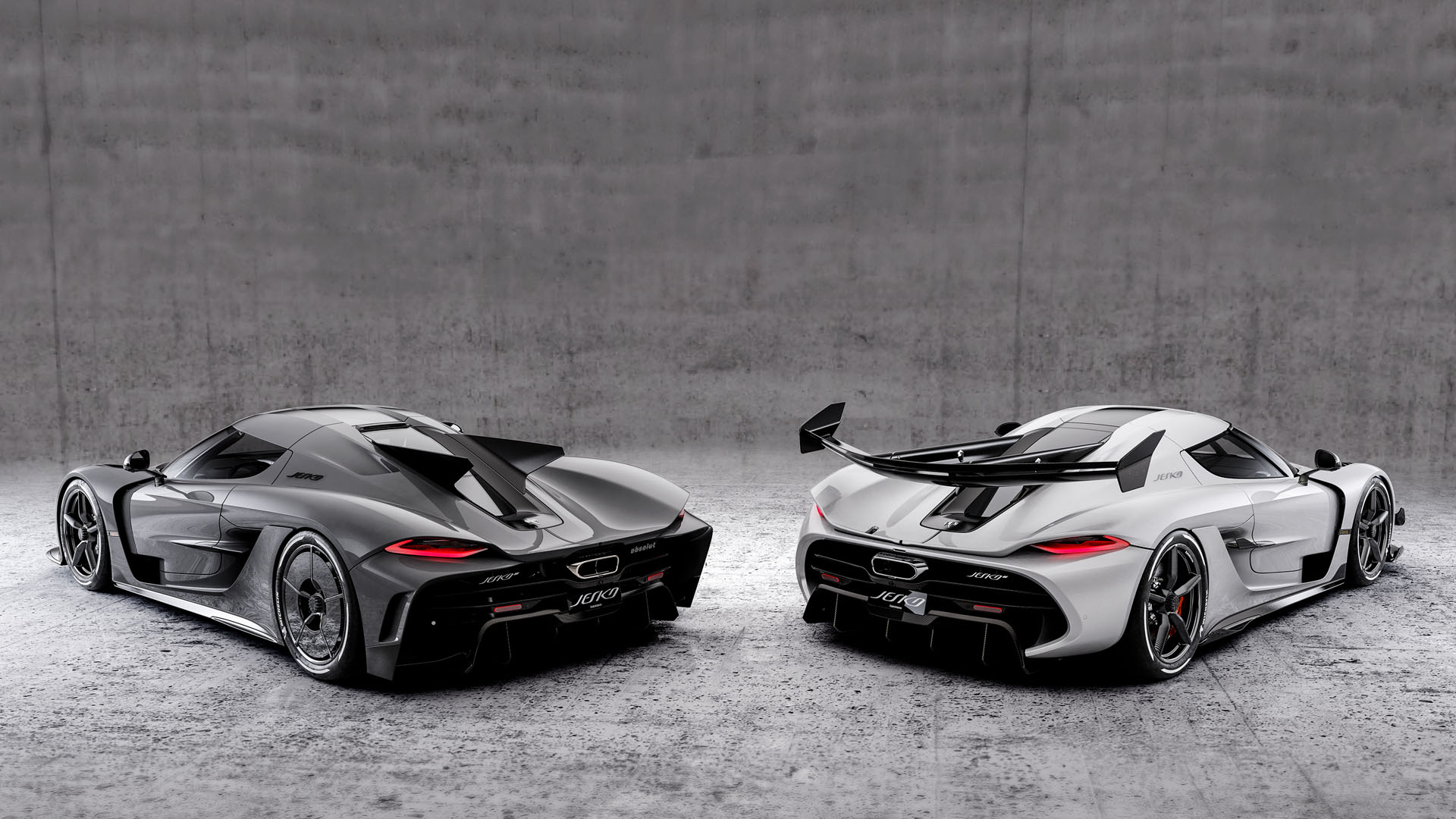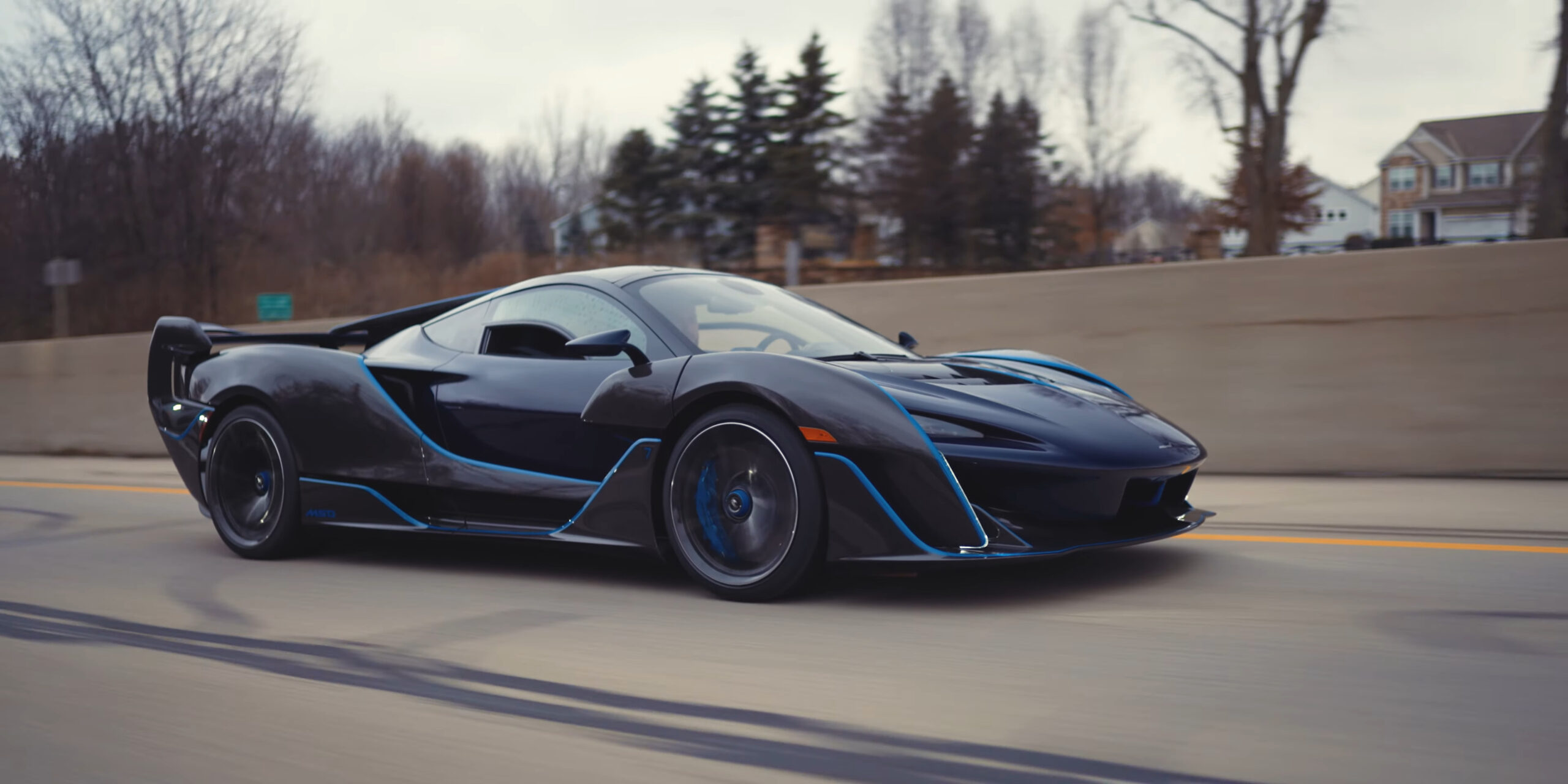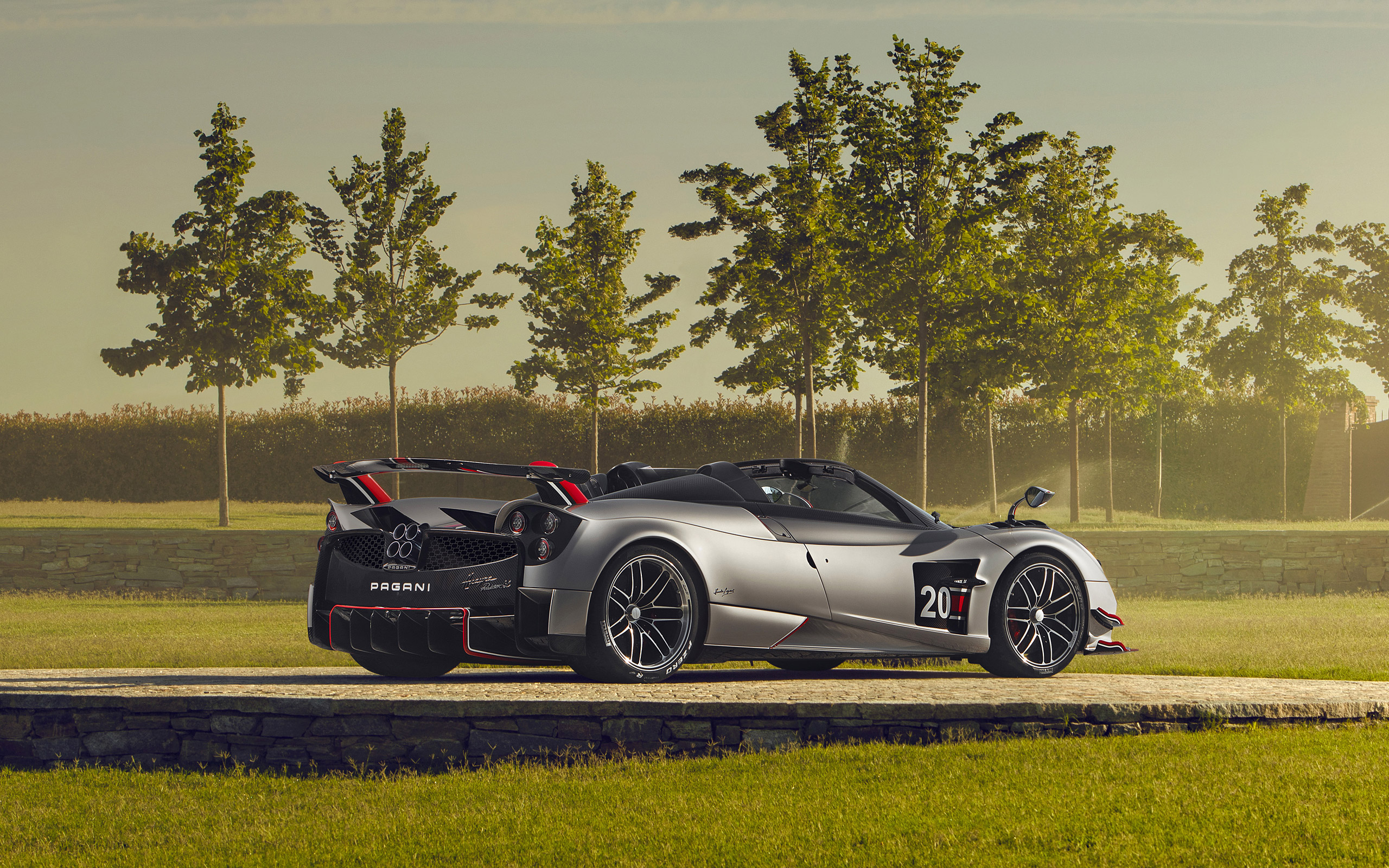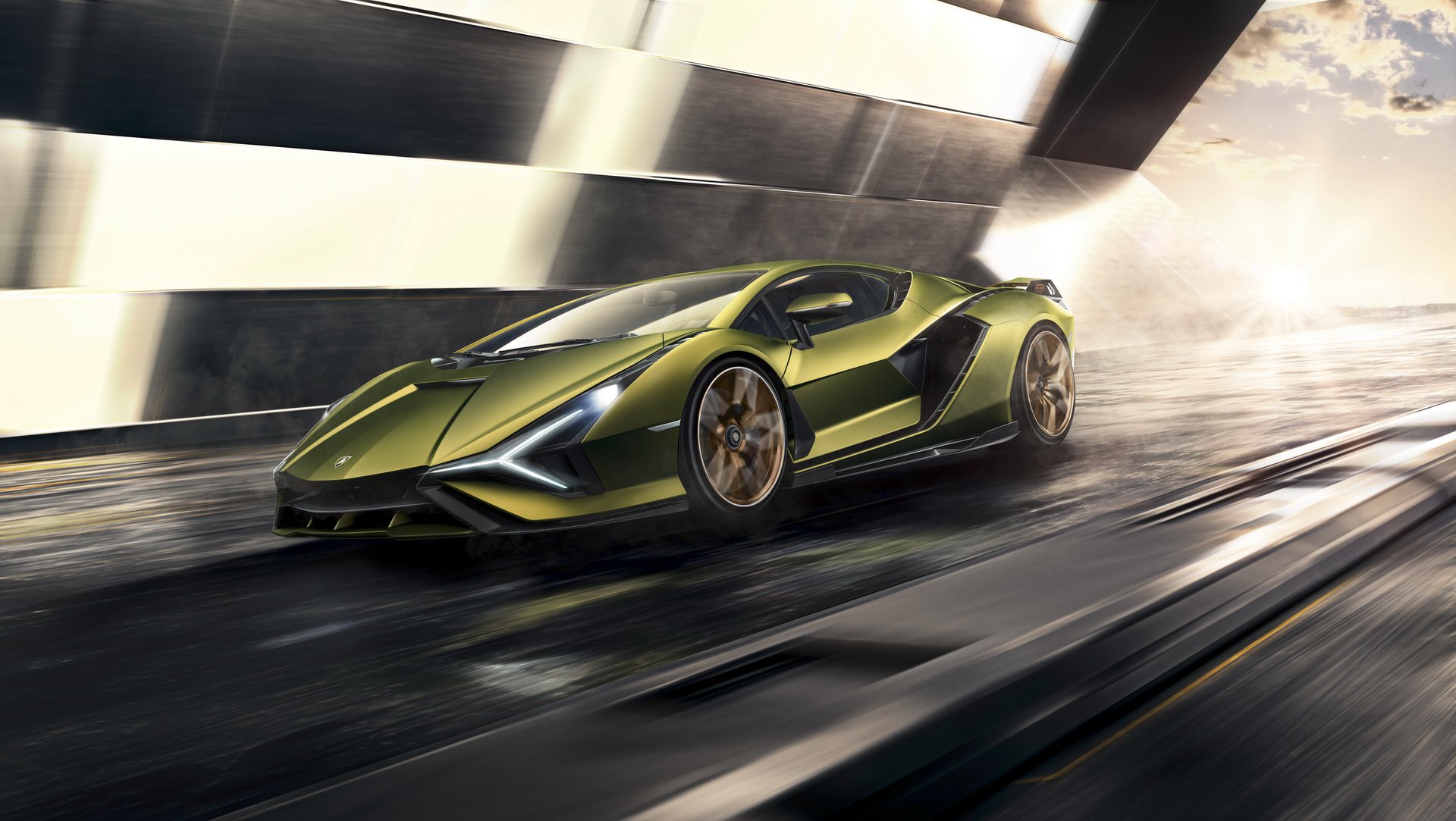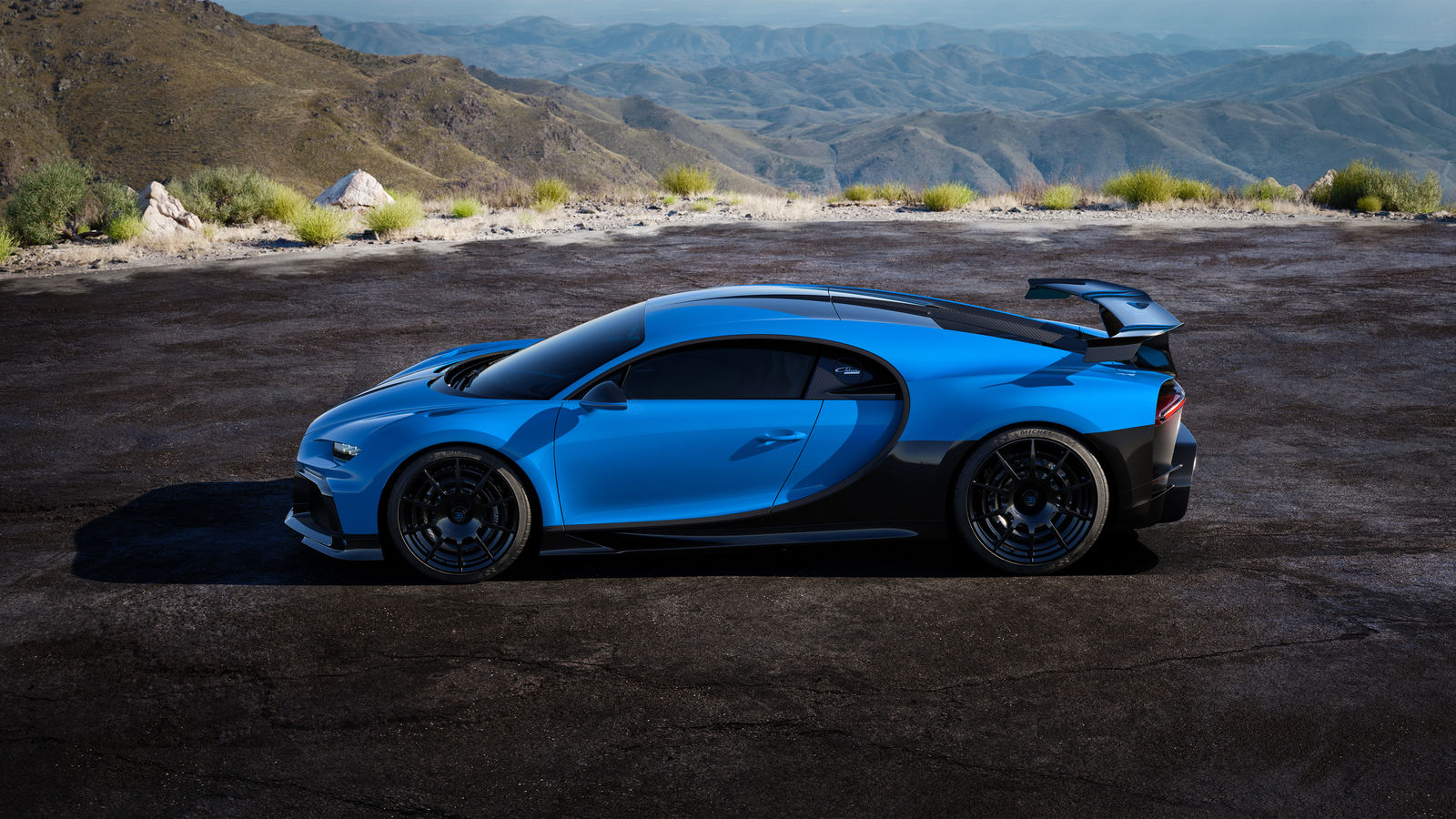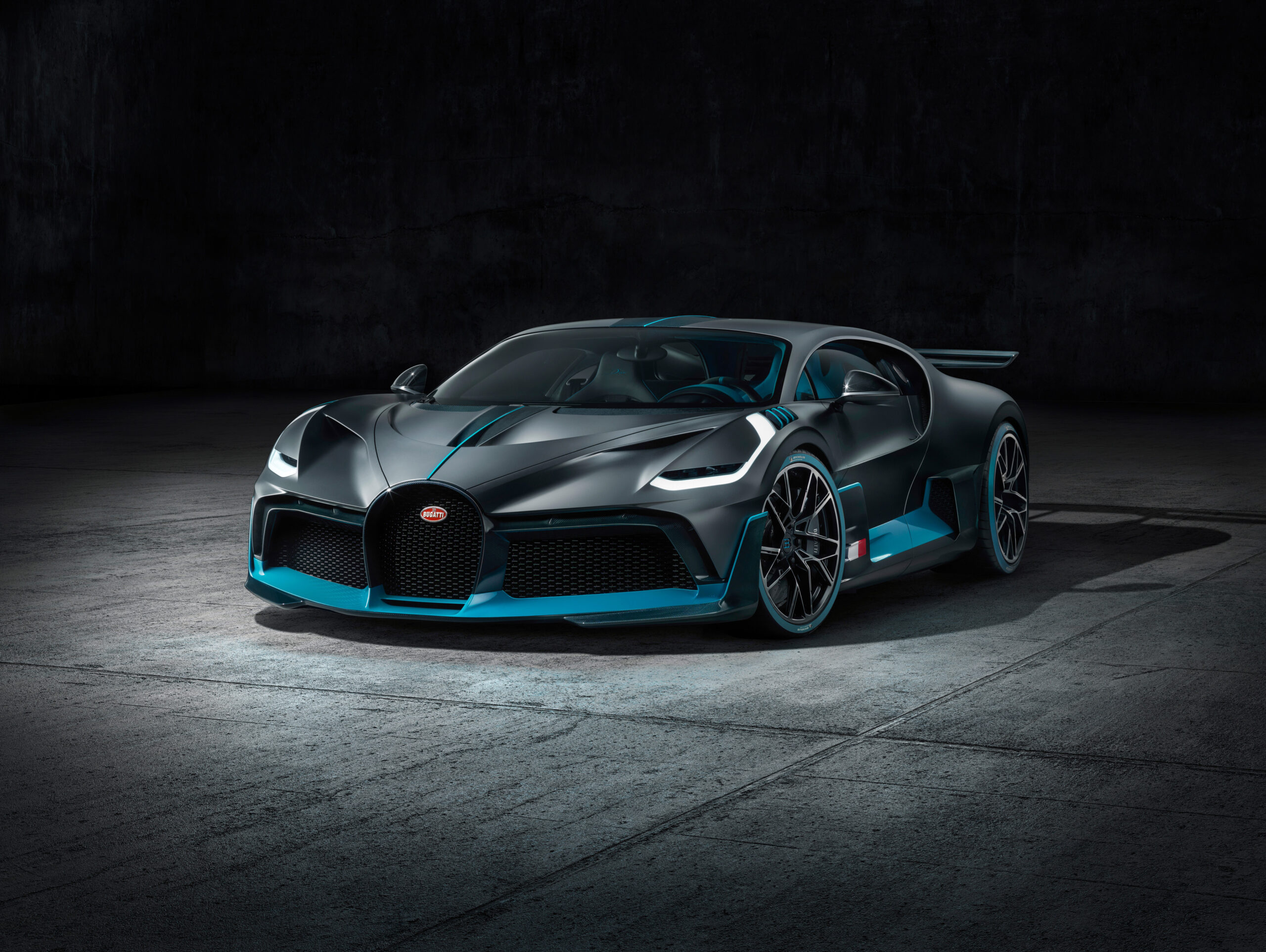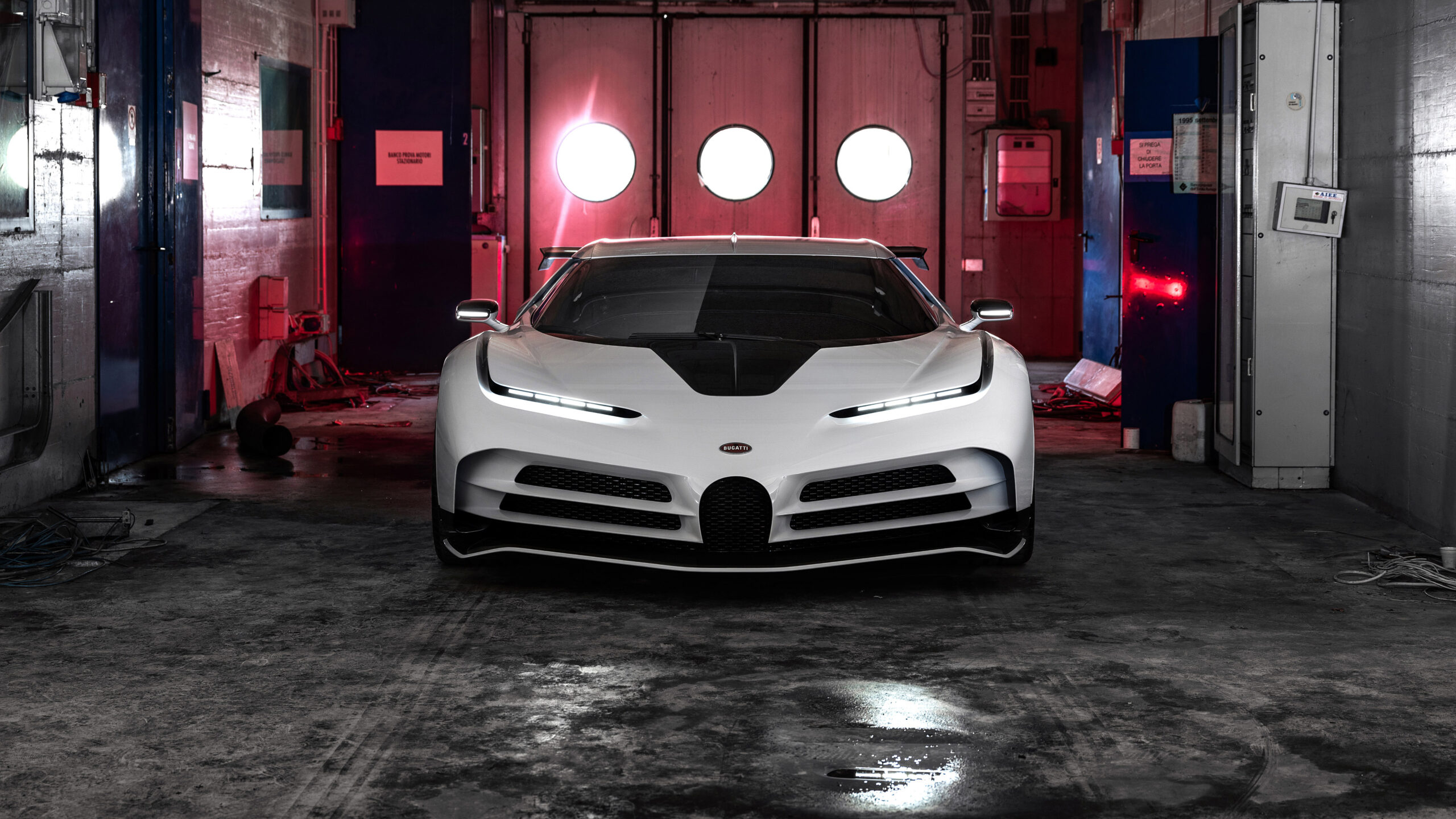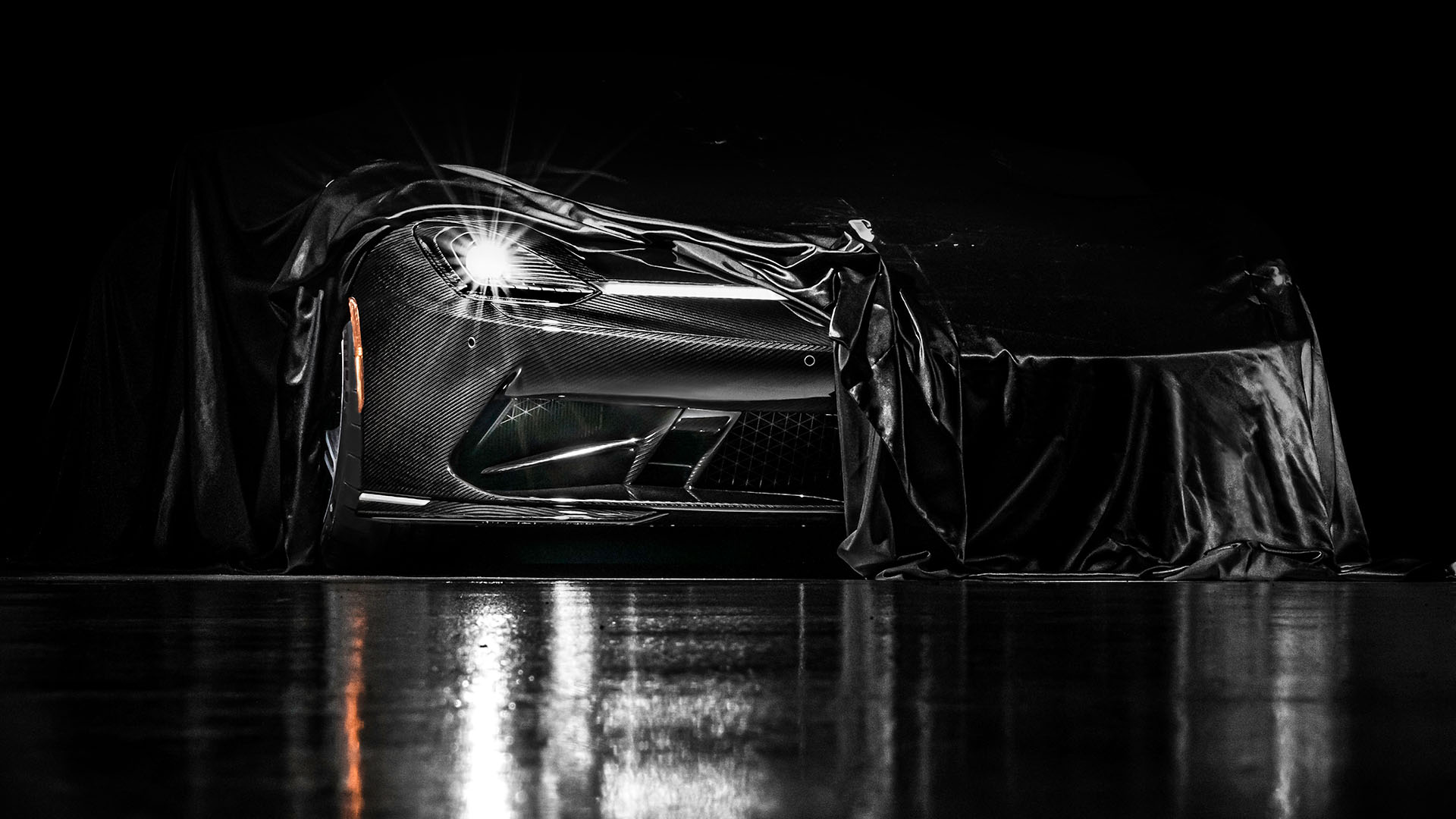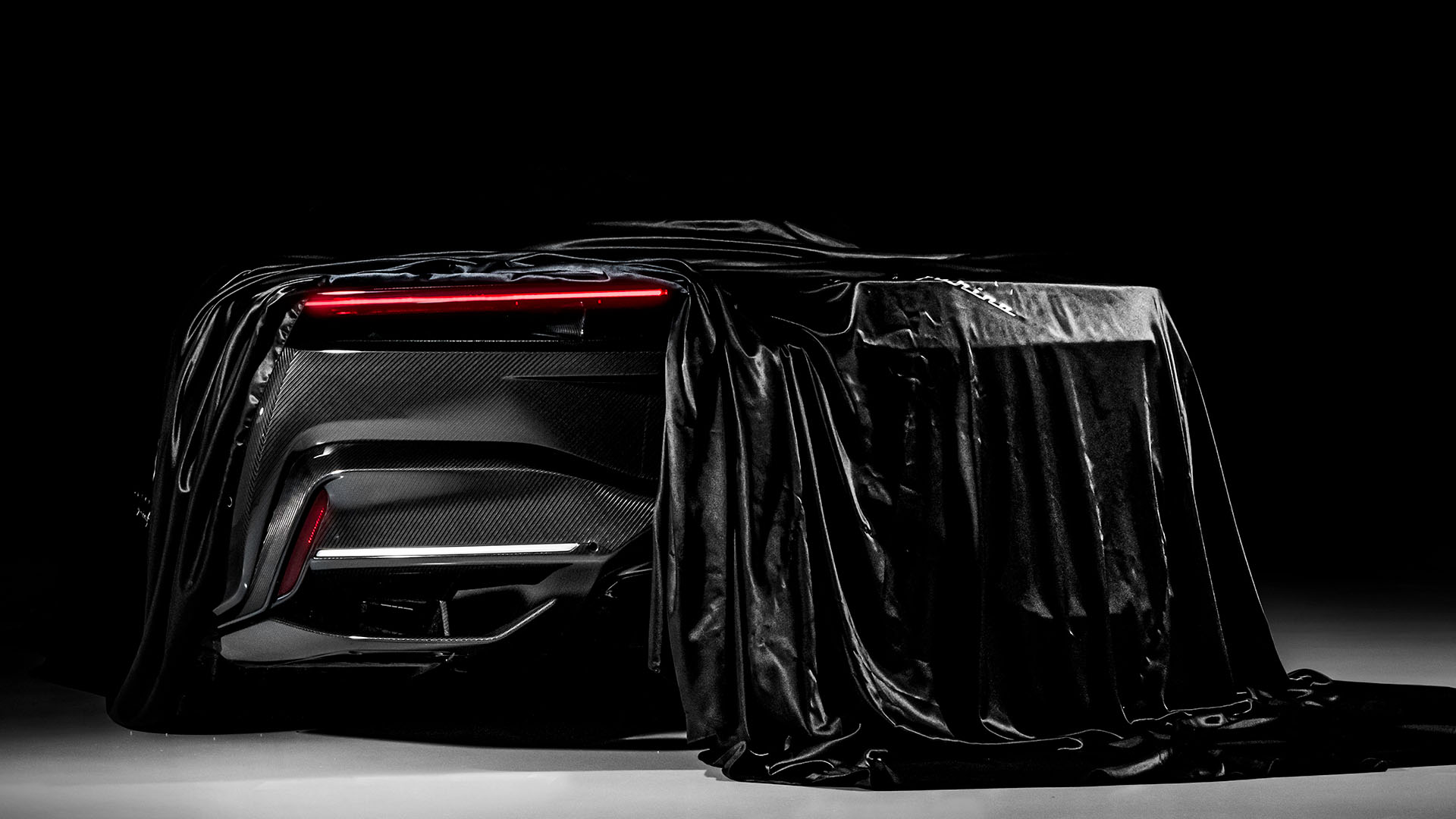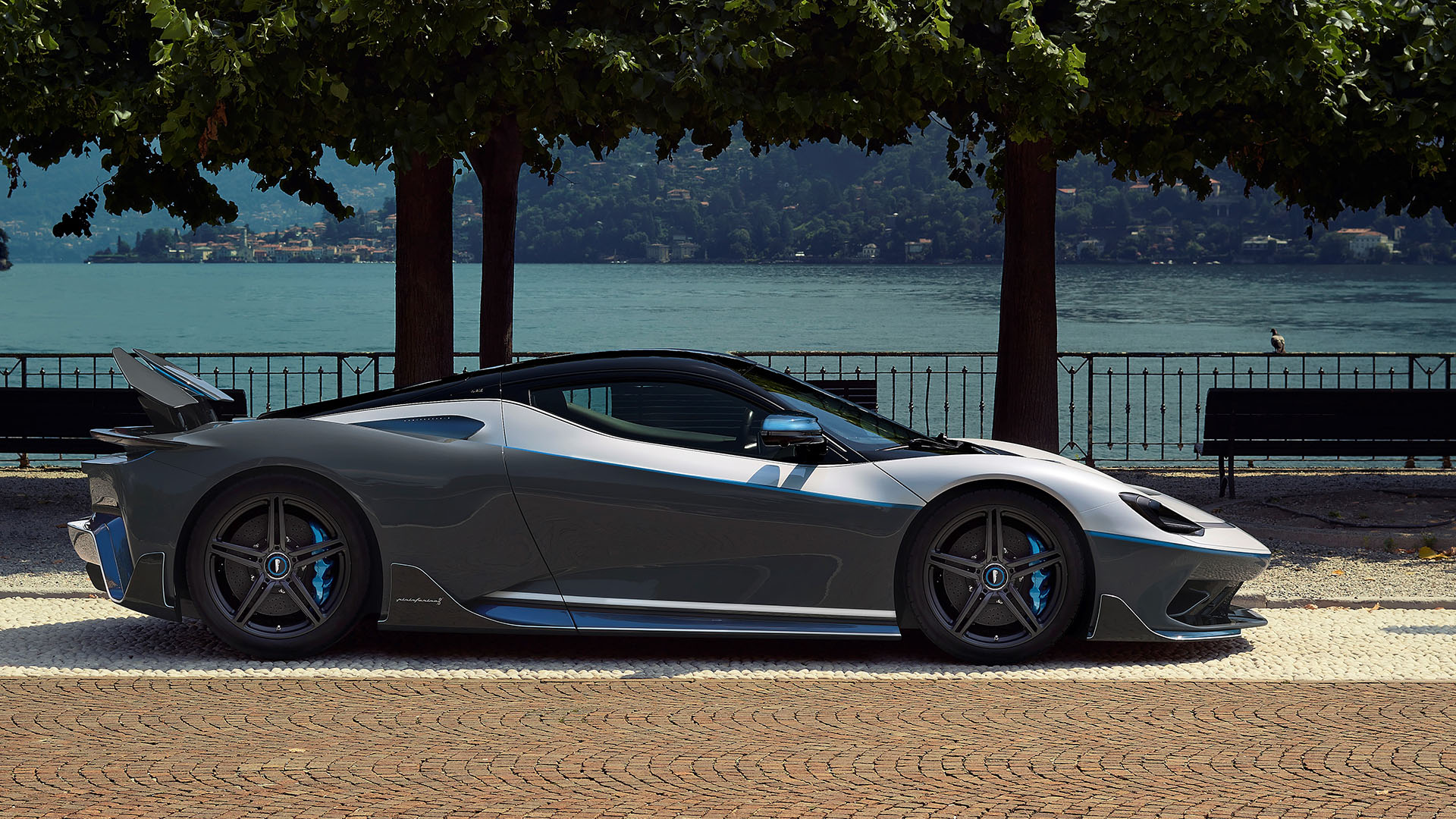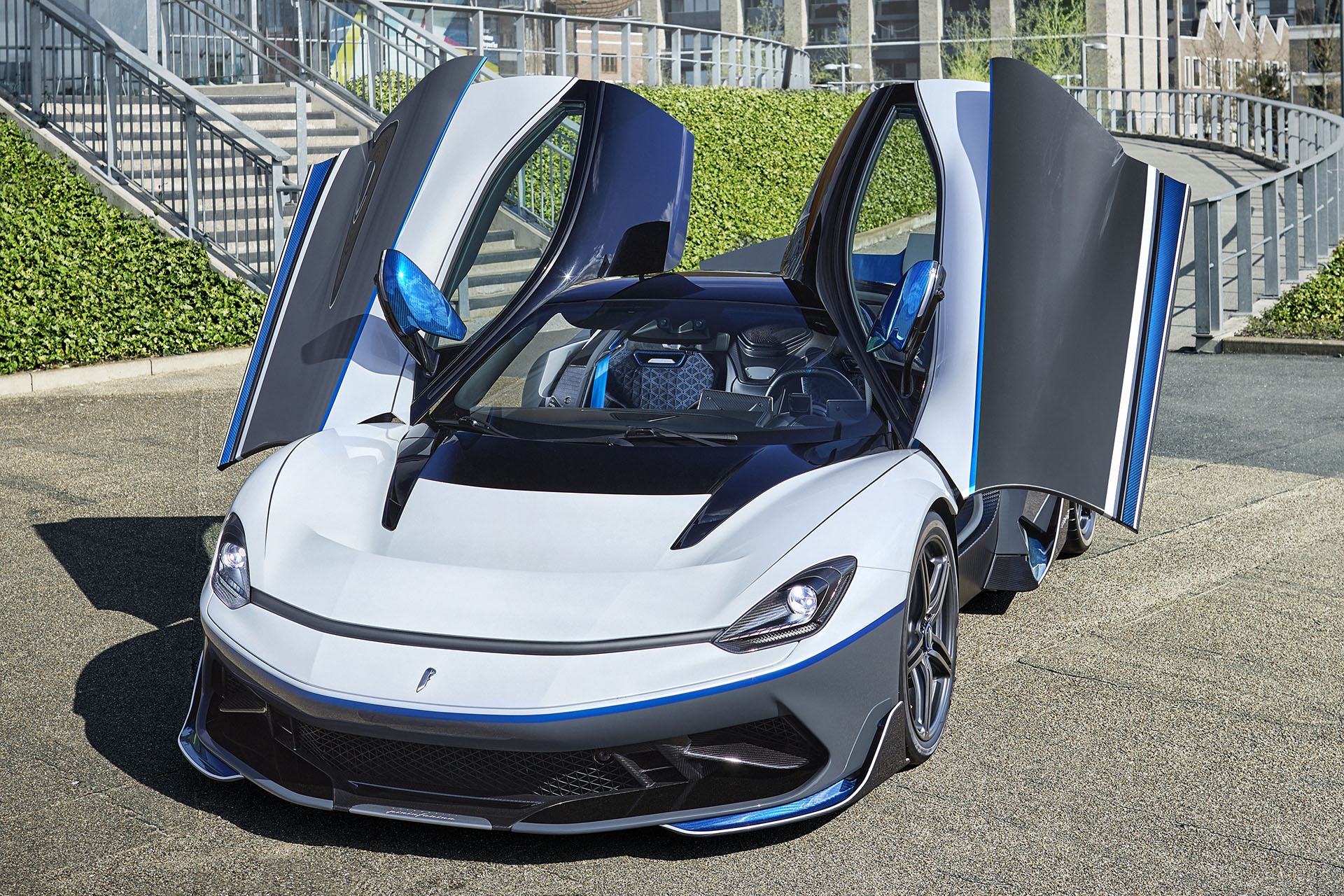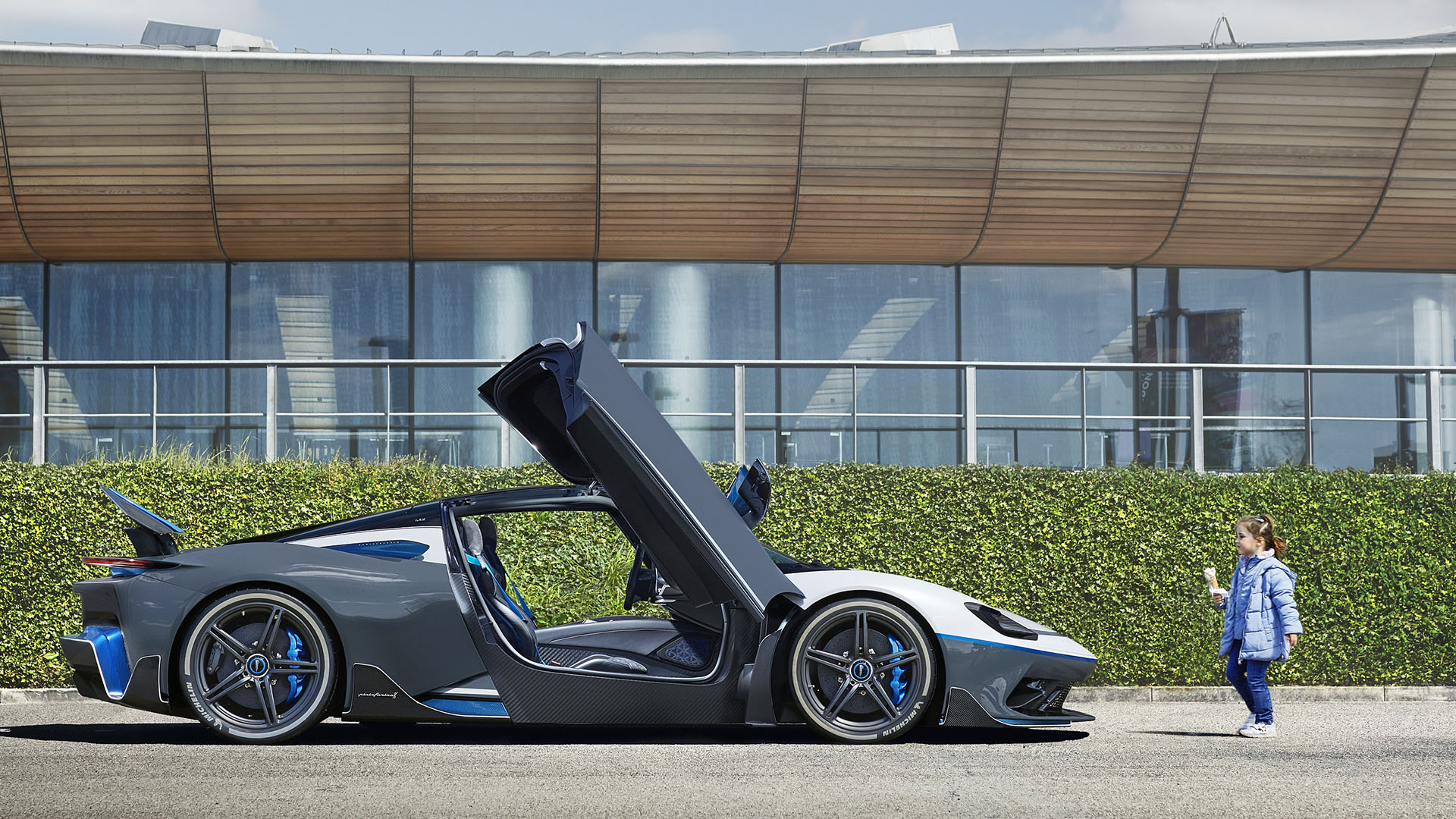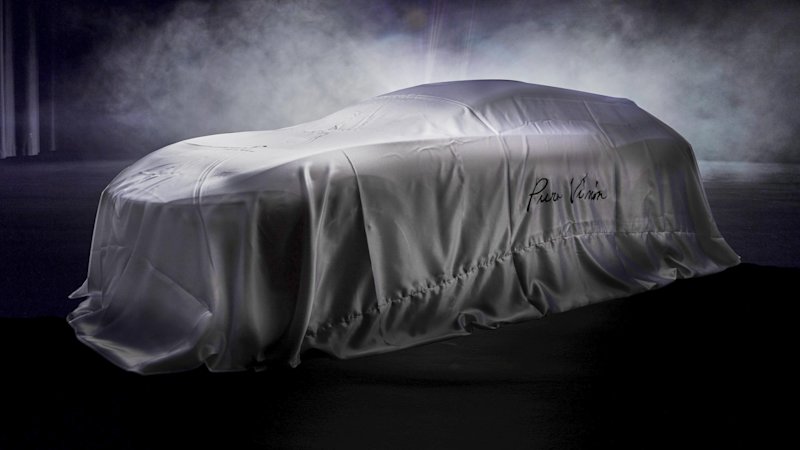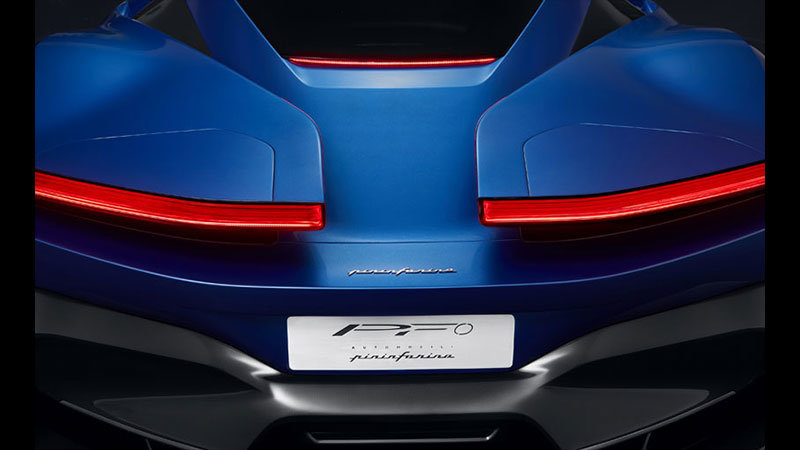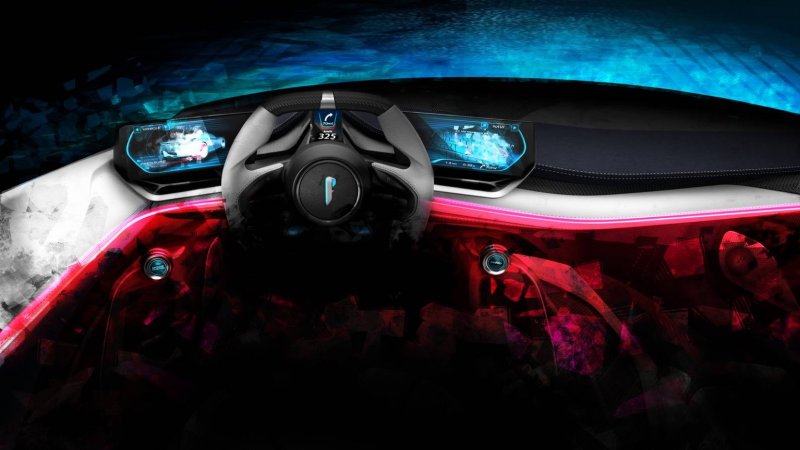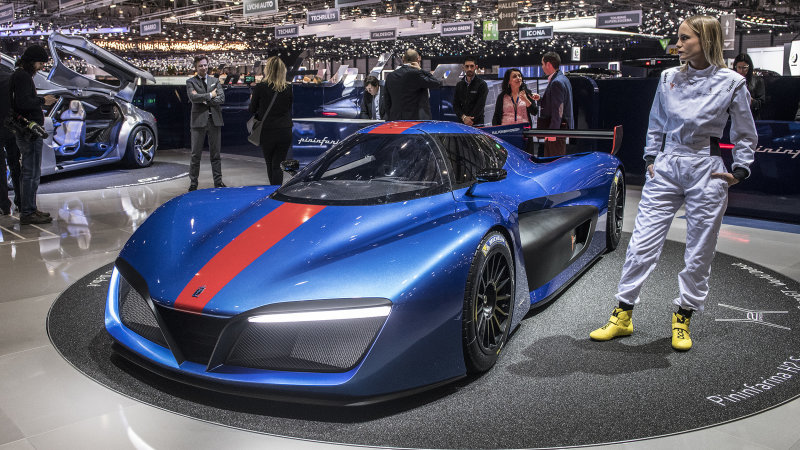No one would argue that the past year-and-a-half has been a truly challenging period for human civilization, though it has not seemed to put even a dent in the momentum of the vehicle electrification movement. If anything, automakers were presented with a unique opportunity to showcase their credentials in this space; with the disruption of routine living circumstances, this was a moment when the global audience’s attention could be more easily procured, if done in the right way.
As it happened, a slew of new electric vehicles would be announced and even enter production during this time, bringing with them much excitement, fanfare, and most importantly a positive outlook on the future, albeit through an automotive lens. Nevertheless, automobiles are a topic that most people have in common, and the industry certainly didn’t fall short on providing its fair share of feel-good moments during this gloomy time – definitely for the car enthusiasts, and probably for the green movement too.
EVs (such as the Porsche Taycan) ordered by customers before the pandemic started, were generally delivered on-time if not ahead of schedule (like mine). During the pandemic, production levels remained vigorous, along with the unveiling of new models – some of which are simply game-changing. The emergence of cars such as the Rimac Nevera, Lotus Evija and Pininfarina Battista proved that automakers were generally unfazed by the chaos of the past 2 calendar years, delivering the goods as promised and not finding any reasons to have done anything but.
There’s no shortage of hybrid options either, with many of the world’s most impressive machines displaying the incredible potential of this technology. The likes of Ferrari’s SF90 Stradale and Lamborghini’s Sián have been showcasing that hybrid engines are not just a stop-gap measure before electrification proliferates. Rather, they are viable complement to fully-electric cars, both now and likely into the distant future. Bio fuels could play a key role in this development, and possibly even prolong the existence of the combustion engine for some time to come.
Here are 15 of the Best New Performance Hybrids & Electric Cars, you can buy today.
Acura NSX Type S

Acura has just announced that they will be producing a limited-edition NSX Type S variant for the 2022 model year, which will also serve as the swan song for the brand’s halo car (now in its second generation). Officially unveiled during Monterrey Car Week, the Type S will be the “quickest, most powerful and best-handling production NSX ever” according to the automaker, with an enhanced version of the 3.5L twin-turbocharged hybrid engine now producing 600 hp and 492 lb-ft of torque. The 9-speed DCT and Super Handling All-Wheel Drive (SH-AWD) have also been optimized to get the most out of the car’s improved performance. The NSX Type S will also come standard with a carbon-fiber roof, as part of its weight reduction protocols.
Distinctive design cues and more aggressive aerodynamics are also at the core of the car’s improved driving character, with race car components – such as a GT3-inspired rear diffuser – being among the most easily distinguishable features. The NSX Type S will also come with redesigned front and rear bumpers, unique 5-spoke wheels, Pirelli P-Zero tires, and a retuned adaptive suspension system. Optional features such as Gotham Gray exterior paint and an available Lightweight Package – which includes carbon-ceramic brakes and more carbon fiber components – are also exclusive to the Type S. Limited to a production run of only 350 units.
Rimac Nevera

Although it is not the first EV to be powered by 4 permanent magnet electric motors, the Rimac Nevera does come with its own unique electric drivetrain design. By strategically placing a pair of 200 kW electric motors in front and another two 500 kW electric motors in the rear, the engineers were able to give the rear-biased Nevera an ideal 48:52 (front:rear) weight distribution. However, a deeper inspection reveals more intricacies in the design, as the planetary gears for each of the 4 wheels are purposed in such a way that the Nevera is also optimally balanced from left to right as well. Genius.
It’s probably a good thing that this Rimac was built with a predisposition to exhibit ballet-like agility, because it’s going to need all the grace in the world to tame all that’s brewing within. In combination, all of the 4 electric motors can generate up to 1,914 hp (1.4 mW) and 1,740 lb-ft of torque (2,360 Nm). This allows the Nevera to absolutely annihilate the popular 0-60 mph benchmark in just 1.85 seconds, with an equally impressive 1/4 mile time of just 8.6 seconds – good enough to make it the fastest production vehicle ever made, by some margin. Top speed is stated as 258 mph (412 km/h).
Ferrari SF90 Stradale
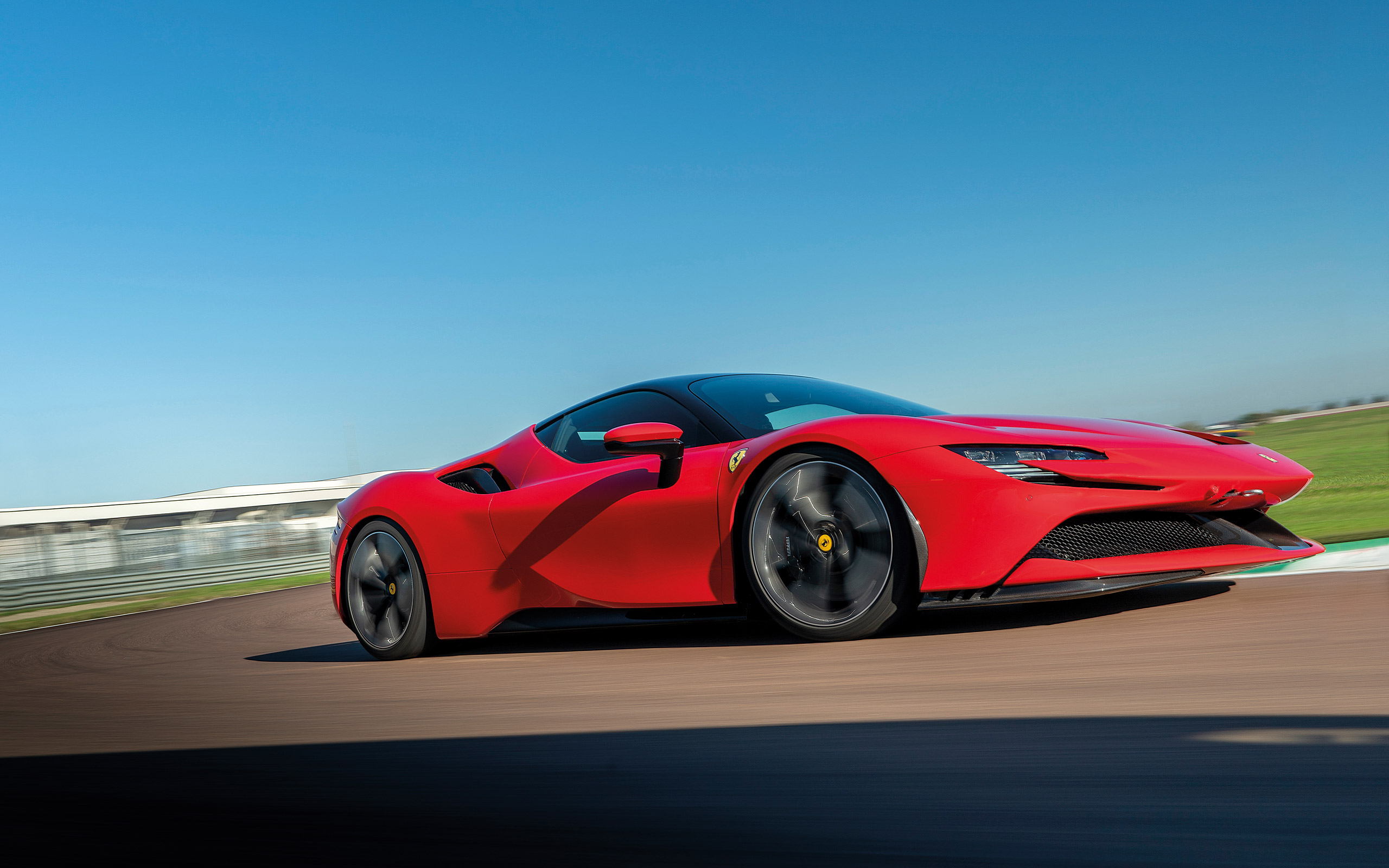
At first glance the SF90 Stradale sounds like a car we should all fear; a soul crushing proposition. It is a plug-in hybrid electric vehicle (Ferrari’s first) with four-wheel-drive, built on a new ‘multi material‘ platform and has even more electric driver aids than ever before. It is enough to make old-school Ferrari fans and drivers run straight for the exits (probably to pick up a 458 Speciale instead). But those who are willing to consider the outcomes with an open-mind are sure to be satiated, if not entirely blown-away.
In the Ferrari SF90 Stradale, the company has partnered its F154 V8 engine with a 7.9 kWh battery, which allows the twin-turbocharged V8 hybrid to produce up to 986 hp in total. The three electric motors combine to deliver 217 hp, an can even bring the SF90 Stradale to a speed of 84 mph and complete over 15 miles, all on their own power. Aside from a mind-boggling 0-60 mph time of 2.1 seconds, this configuration also makes the SF90 the first mid-engined Ferrari to be all-wheel drive. Handling is also greatly enhanced with torque vectoring now being available on the front-axle. The car also features an all-new chassis made of carbon fiber and aluminum. The sleek body panels and its aerodynamic shape help the model make a whopping 860 lbs of downforce at speed, and the whole profile of the car is extremely low so it can slash through the air at high speeds.
Porsche Taycan Turbo S

The Taycan Turbo S is the ultimate Porsche EV. The absolutely mind-boggling 750 hp and 774 lb-ft of torque it instantaneously produces, rockets the car from 0-60 mph in 2.6 seconds – hypercar territory, that is. It manages to combine this with 911-level handling characteristics and is infused with the same essence we’ve come to expect in all Porsche sports cars. Porsche ceramic composite brakes (PCCB) are standard fare on the Turbo S, as are the otherwise optional 21” Mission-E Design wheels. To provide even more extra stopping force, the Turbo S is also fitted with larger front and rear rotors than what is installed on the 4S and Turbo models.
With the introduction of the new Cross Turismo range of Porsche Taycan models, we’re now entering the second act of the company’s electrification strategy. The Porsche Taycan Cross Turismo carries over the EV-platform and performance from its sedan counterpart, then amalgamates them with the utilitarianism of a sporty crossover / estate. While a number of the Cross Turismo models’ design elements bear an obvious resemblance to the sedans, they offer something very distinct as well.
Lamborghini Sián

Amongst this list of very special cars, the Sián is perhaps the most special. That’s because the Lamborghini Sián is the most notable example of an automobile which uses a supercapacitor – the ‘super’ added because, well, you need a really, really big capacitor to help power a car. In this configuration, the supercapacitor collects and stores energy (primarily from regenerative braking). In certain moments (such as a launch), the supercapacitor dumps all of its energy into an electric motor which immediately and briefly adds an extra 34 hp on top of what the Sián’s 785 hp 6.5L naturally-aspirated V12 engine produces. This means that up to 819 hp is sent to all 4 wheels, with the electric motor integrated into the transmission to reduce weight and improve responsiveness.
As long as the supercapacitor keeps getting recharged – which can be achieved with just seconds of hard braking – there will always be that extra bit of power boost at the car’s beckoning. Compared to an EV battery which takes much, much, longer to fully recharge, and weighs substantially more, you might be wondering why supercapacitors aren’t the dominating technology in electric or hybrid vehicles today. Well, there are a few very important reasons for this. For one, supercapacitors aren’t able to store energy for long periods of time like a battery, making them unviable to be the primary food source for an electric vehicle… at least for now.
Tesla Model S Plaid+
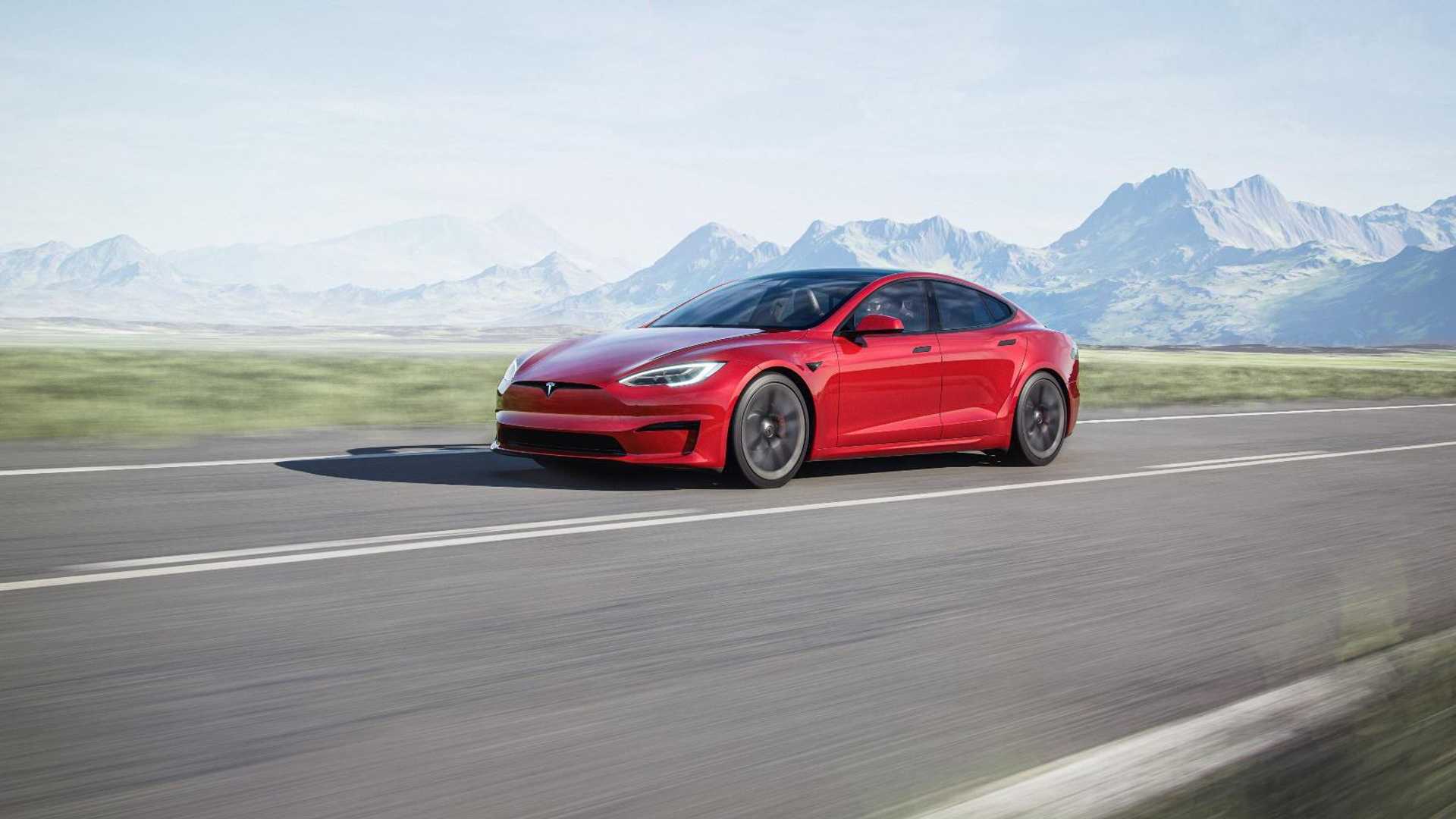
Tesla recently announced that they’ve added a new trim for their Model S and Model X. The base “Long Range” models will still use dual-motors, while the new high-performance models will be replaced with “Plaid”. While this is mostly down to marketing and rebranding, the Model S will have also have a Plaid+ option later this year; for performance junkies, this is the most significant news as this package incorporates Tesla’s latest battery technology. The Plaid+, with it’s brand new architecture, is said to be capable of 0-60 mph in under 2 seconds and a range of up to 520 miles on a single charge.
Needless to say, figures like those will surely lead to an upheaval of the current status quo in EV-land and will have competitors scrambling to keep up. Word is, these claims are far from anecdotal, as an 1,100 hp prototype version of the Tesla Model S Plaid+ has already beat the Mclaren P1’s lap time at the legendary Laguna Seca raceway in California, USA. Tesla is already taking orders on its website, where it starts at a price of $131,100.
Koenigsegg Regera

Koenigsegg unveiled its Regera hybrid hypercar model at the 2015 Geneva Motor Show, and since then it has generated plenty of hype amongst car enthusiasts and performance junkies. Besides a regular combustion engine, the Koenigsegg Regera also utilizes 3 electric motors which dole out 700 hp and 663 lb-ft of torque via a 4.5 kWh liquid-cooled battery pack. As a result, the car now produces 1,500 hp (which the company likes to market as 1.11 MW), making it the most powerful hybrid supercar in the world. Its combustion engine is a 5.0L twin-turbocharged V8 which produces an out-of-this-world 1,100 horsepower and 922 lb-ft of torque without electric assistance.
Koenigsegg has gone on to claim that the Regera can theoretically reach top speeds of over 400 km/h, although this has not yet been made official.
Lotus Evija

Lotus has been hyping their new fully-electric automobile, going as far as saying that the Evija will be a “mind-blowing supercar”. The car features two electric motors which output its outrageous 2,000 hp. The battery is placed in the middle of the car where a typical internal combustion mid-engine car would have its beating heart, helping it to achieve an ideal weight distribution. Lotus sought to strike the perfect balance between a track car and a road car, and that extends to the cabin – a minimalist, driver-focused interior design but with plenty of the comfort and convenience features you’d expect in a civil grand tourer. The Lotus Evija has been named as ‘The One to Watch‘ in Top Gear’s 2021 Electric Awards .
The Lotus Evija was built with a simple goal – to be the absolute pinnacle of world-class engineering and the most powerful performance car ‘For The Drivers’. It harnesses Lotus’ technical expertise, fine-tuned over more than seven decades, to create a masterclass of automotive excellence. Judges at the IDA commented that the Lotus Evija “paves a way towards a more sustainable future whilst embodying an exceptional aerodynamic aesthetic”, and that “its seductive style elevates the Evija to be the world’s most premium sustainable car”.
Audi e-tron RS GT

The 2022 Audi e-tron GT is the four-ringed company’s first entrant into the high-performance EV weight class. It looks to shake up a playing field which includes the likes of the Tesla Model S and Porsche Taycan, the latter of which it shares many of the same underpinnings. Audi has marketed the e-tron GT as a fully-electric grand tourer, as a opposed to a sports saloon EV like the Porsche Taycan. This sets clear expectations right away of what makes the e-tron GT an entirely unique offering – not quite as powerful (compared to the Turbo and Turbo S), a little less nimble and sharp in the handling department, slightly more utilitarian with extra cargo room and a typically impressive Audi-esque interior.
The entry-level e-tron GT produces 469 hp, which can be boosted up to 523 hp when using launch control. This is good for 0-60 mph in 4.0 seconds and a top speed of 152 mph, making it most comparable to the Porsche Taycan 4S which ends up being a smidge quicker using the same measuring stick. Stepping up to the RS model will net you 590 hp with 637 hp available in overboost mode. This allows the RS e-tron GT to complete the 0-60 mph sprint in 3.3 seconds, which is slower than Tesla’s and Porsche’s quickest EV models by 1.3 seconds (Model S Plaid) and 0.8 seconds (Taycan Turbo S) respectively.
Pininfarina Battista

When the Pininfarina Battista was unveiled at the Geneva Motor Show in March 2019, it was touted as the first fully-electric hypercar. Having been teased with bits and pieces up to that point, the Battista would finally secure its place in history as the first complete amalgamation of a zero-emissions hypercar. I doubt that anyone would be offended – least of all, Pininfarina – if the Battista was mistaken as ‘just another’ one of Ferrari’s super cars. Afterall, the design elements are deliberately signature from the company; and that’s really the best part of it all.
Beneath the silhouette lies something less familiar – the absence a typically mid-mounted combustion engine, for one. The Ferrari…. I mean…. Pininfarina Battista is fully-electric, and beyond that very notion, things only start to get even more crazy. The Battista utilizes 4 motors – one for each wheel – which produce a combined 1,900-horsepower and 1696 ft-lb of torque. That level of performance and technological sophistication won’t come cheap either, with each car priced at around $2.3 million USD.
Aston Martin Valkyrie AMR Pro
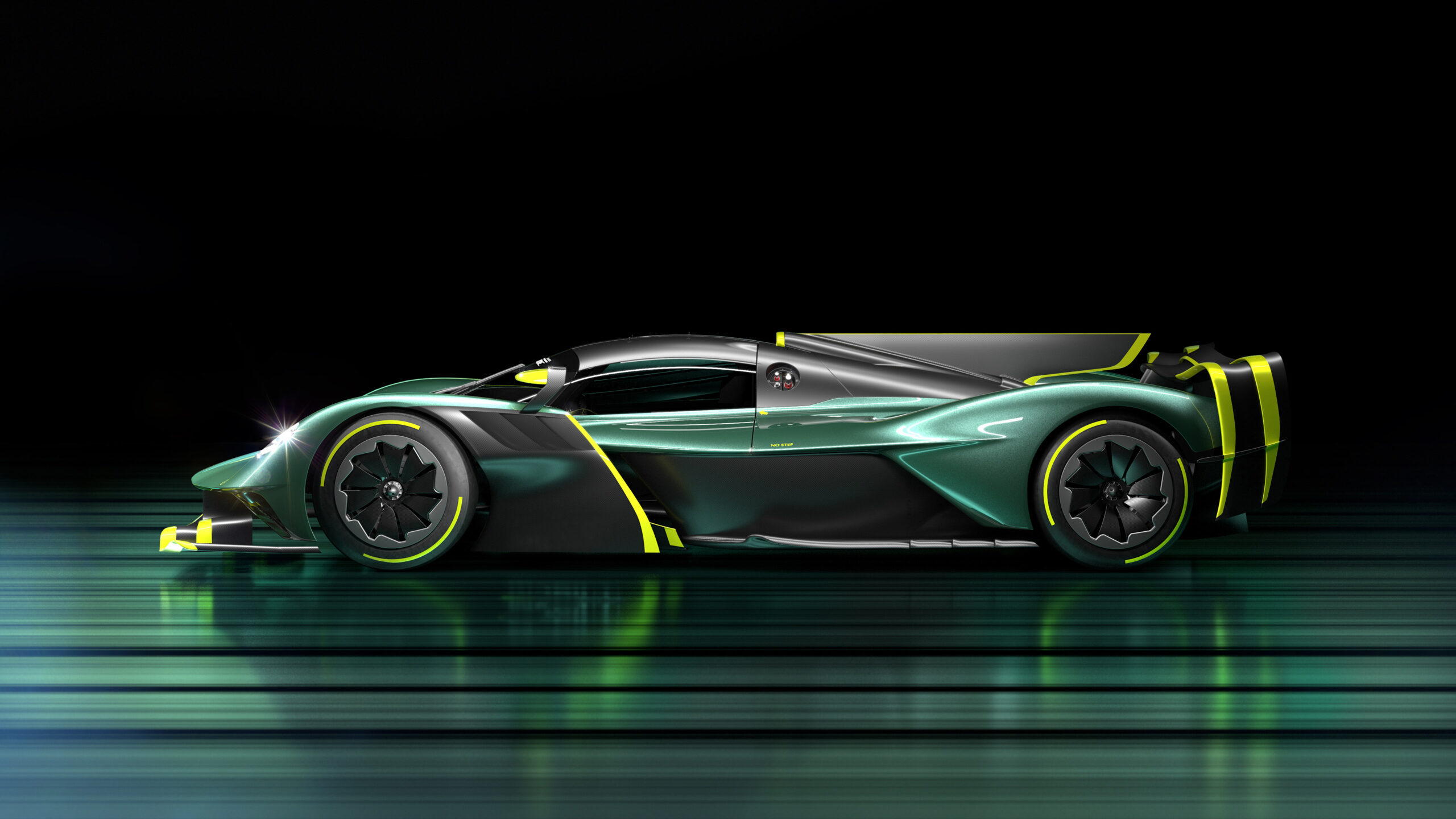
The new Aston Martin Valkyrie AMR Pro isn’t just another version of the original Aston Martin Valkyrie with some added aerodynamic parts. They’ve also increased the wheelbase of the original chassis by 380 mm, and added 96 mm and 115 mm to the front and rear track width respectively. These changes effectively lengthen the entire car by 266 mm, essentially making it a ‘longtail’ version, as their rivals McLaren would call it.
The Aston Martin Valkyrie AMR Pro still uses the same Cosworth-built naturally-aspirated V12 engine with a 6.5L displacement – but now with 1,000 hp available at a screaming 11,000 rpm. Significant weight has been shed on the Valkyrie AMR Pro by removing the entire hybrid system, using an extremely light carbon fiber body, and incorporating carbon fiber suspension components. Thanks to its aerodynamic efficiency, the Valkyrie AMR Pro offers track performance previously only seen on Formula One cars.
Mercedes-AMG Project One

After months of teasing and speculation, Mercedes-AMG has officially unveiled the world’s first road legal car equipped with a Formula 1 powertrain – the 1,000 hp Project One. Its 4-digit power output comes from an improved version of the hybrid system found inside the W08 F1 car, which also includes a turbocharged 1.6L V6 engine and four electric motors. The two front electric motors on the Project One are of the latest and greatest technologies available, with each unit being capable of revving up to 50,000 rpm and producing 160 hp on their own.
The third electric motor is integrated into the turbocharger, while the fourth is mounted directly on the car’s combustion engine, producing another 120 hp of the Project One’s total power output of “beyond 1,000 hp”. Mercedes-AMG has also claimed that the turbo lag on the Project One is not only eliminated in this setup, but the response times should now be shorter than those cars powered by a naturally-aspirated V8.
Porsche Panamera Turbo S E-Hybrid

Porsche has provided no shortage of options within any of its model line-ups, with the relatively recent addition of E-Hybrid models serving up even more choices for those seeking a more eco-friendly experience from the brand. While the Taycan is the only model fully-committed to electrification, the E-Hybrids are an impressive alternative for those who aren’t quiet ready to make the big step over to the other side. Currently, E-Hybrid models can be found within the Panamera and Cayenne model line-ups, and are destined to be in the mix with other models such as the Cayman, 911 and Macan in the not so distant future.
The Panamera Turbo S E-Hybrid is at the top of the food chain when it comes to the range, and is the only model (notwithstanding the Cayenne Turbo S E-Hybrid) to feature a hybridized version of Porsche’s 4.0L twin-turbocharged V8. On its own, the petrol engine produces 563 hp and 567 lb-ft of torque, with the E-Hybrid electric motor adding up to 134 hp and 295 lb-ft of torque. The Sport Turismo estate-style body would definitely be our pick, as it also provides a greater sense of both utilitarianism and style to boot.
Koenigsegg Gemera

Hinted at for a long time under the codename ‘KG12′, the latest Koenigsegg megacar has been revealed: The 2022 Koenigsegg Gemera. The Gemera is Koenigsegg’s first proper 2+2 GT car, or due to the power it produces, ‘mega-GT’ if you will. The car outputs a combined total of 1.27 MW of power, or by more traditional measurements, 1,700 HP and 2,581 lb-ft of torque. This is achieved through the combination of an extremely powerful, 2.0L twin-turbocharged camless + freevalve inline-3 engine – nicknamed the ‘Tiny Friendly Giant’ – which produces 600hp all on its own, and is partnered with three electric motors.
Two electric motors are placed at each rear wheel, with a third motor attached to the crankshaft of the engine to boost power to the front axle. All three motors have a combined output of 1,100 HP. Koenigsegg has confirmed that orders can be taken through the Expressions Of Interest website, and that the base price is $1.7 million USD.
McLaren Speedtail

Meet the new Speedtail – an aptly-named addition to McLaren’s Ultimate Series of automobiles. This limited-edition car – of which only 106 examples will be built – represents McLaren’s unyielding pursuit of maximum top-speed. Whereas other McLarens blend handling, acceleration, and driving dynamics in a harmonious package, the Speedtail has a more singular focus. That focus is speed; ludicrous amounts of it. McLaren has labeled the Speedtail a Hyper GT, which seems fitting given the excess of the car and its abilities.
This 1,055 hp car will take you to 250 mph, and then to the Opera, on the same set of tires (to paraphrase McLaren spokesperson, Wayne Bruce). More than that, the Speedtail is a car that reminds us that the automotive world serves to inspire and excite us, as much as it does in moving us from one place to the next. Though, in the case of the Speedtail, it moves us unlike anything else out there.

